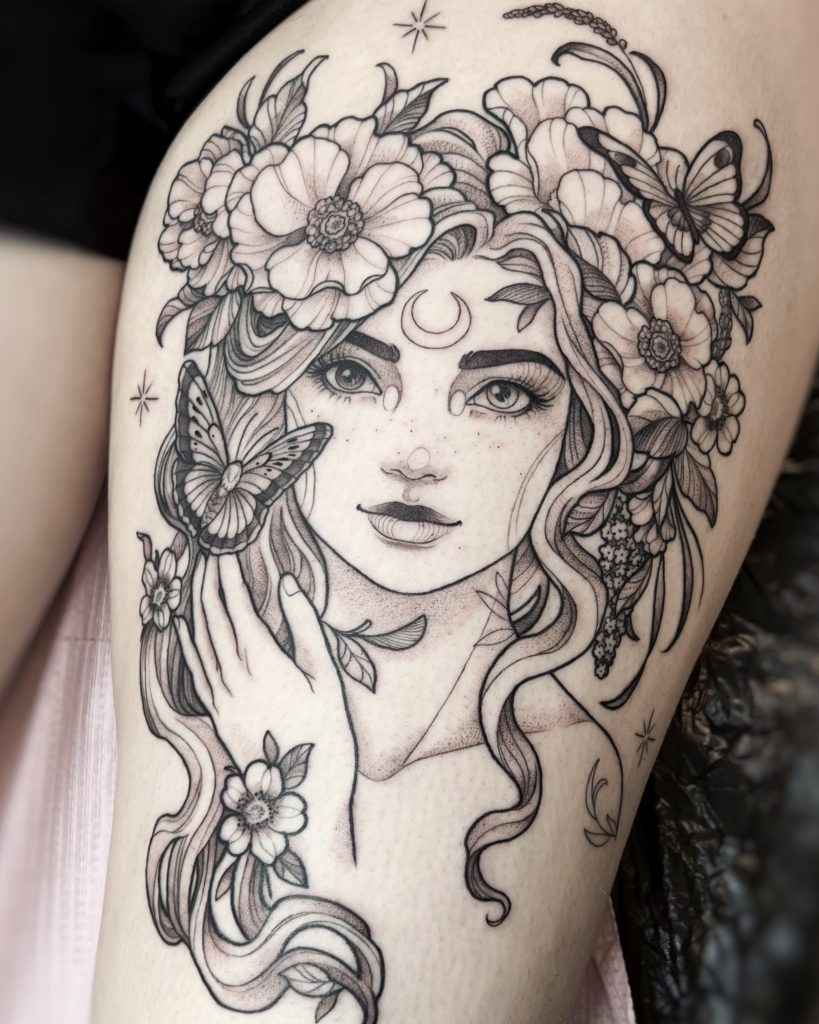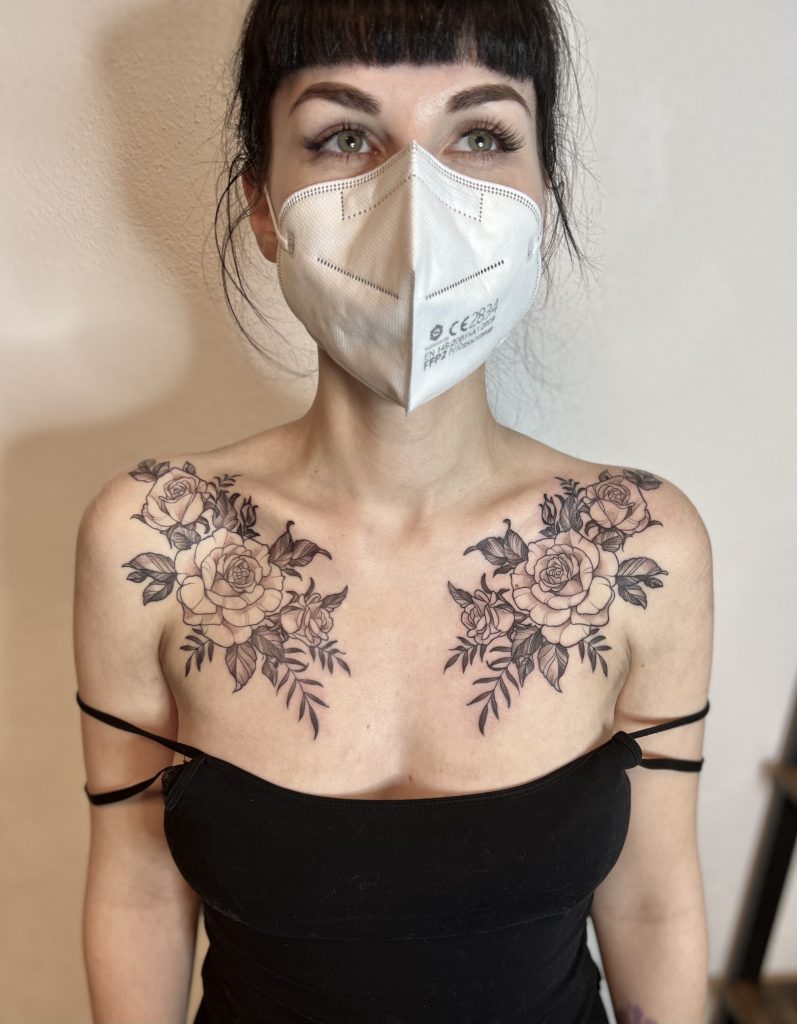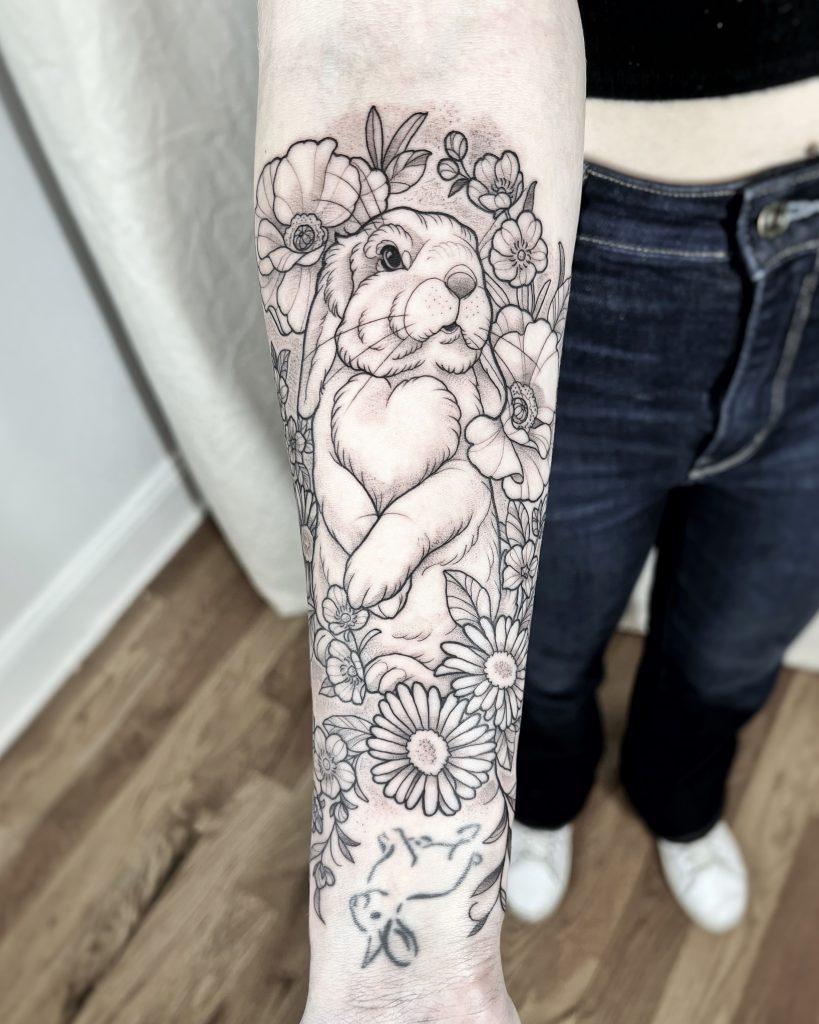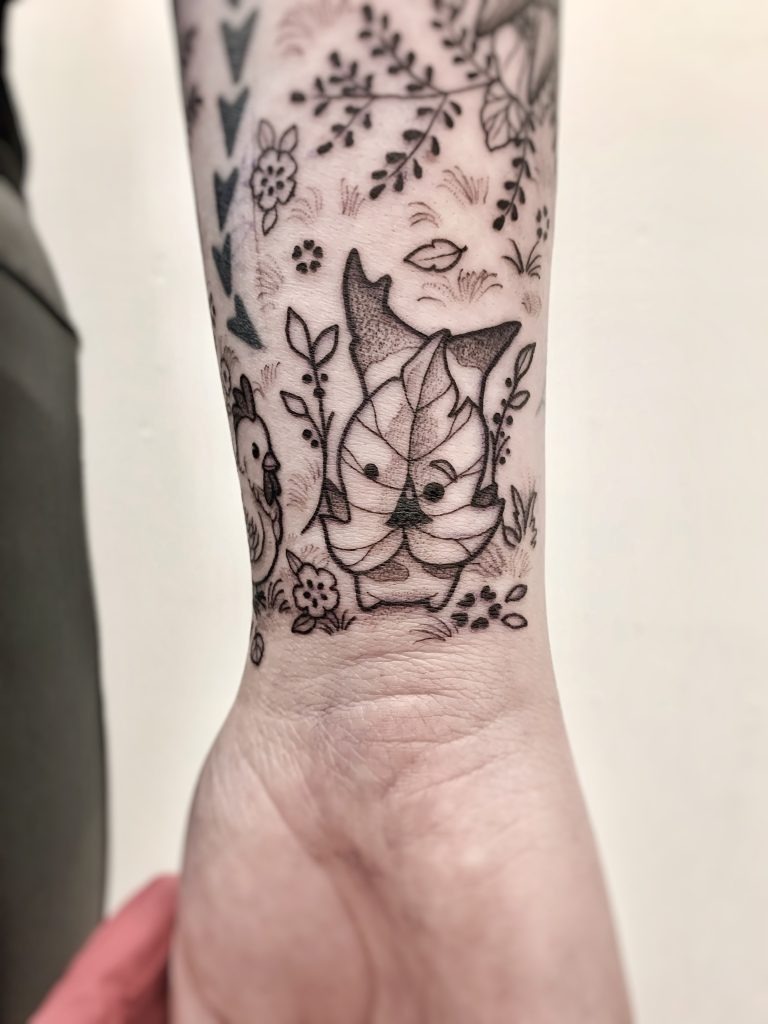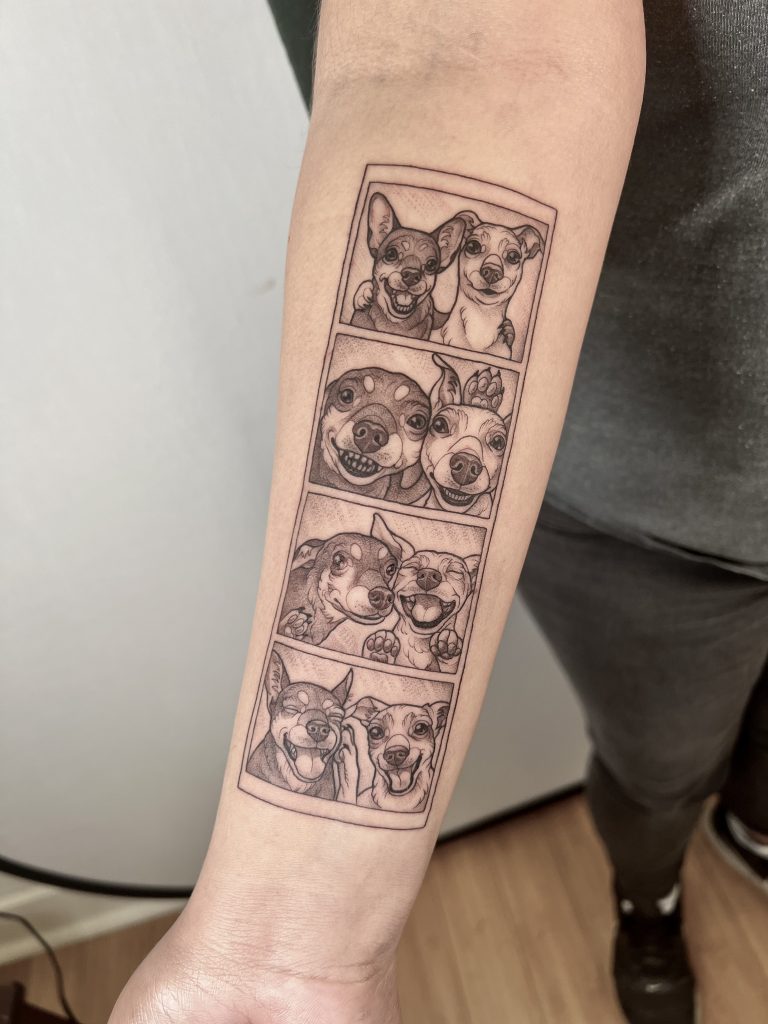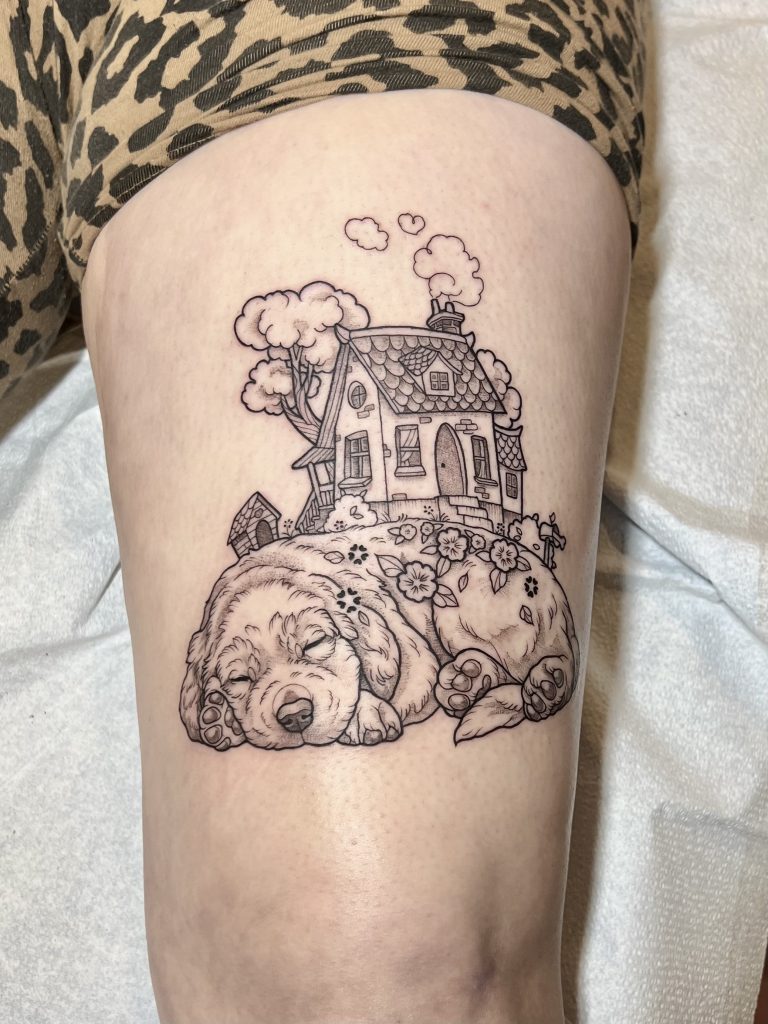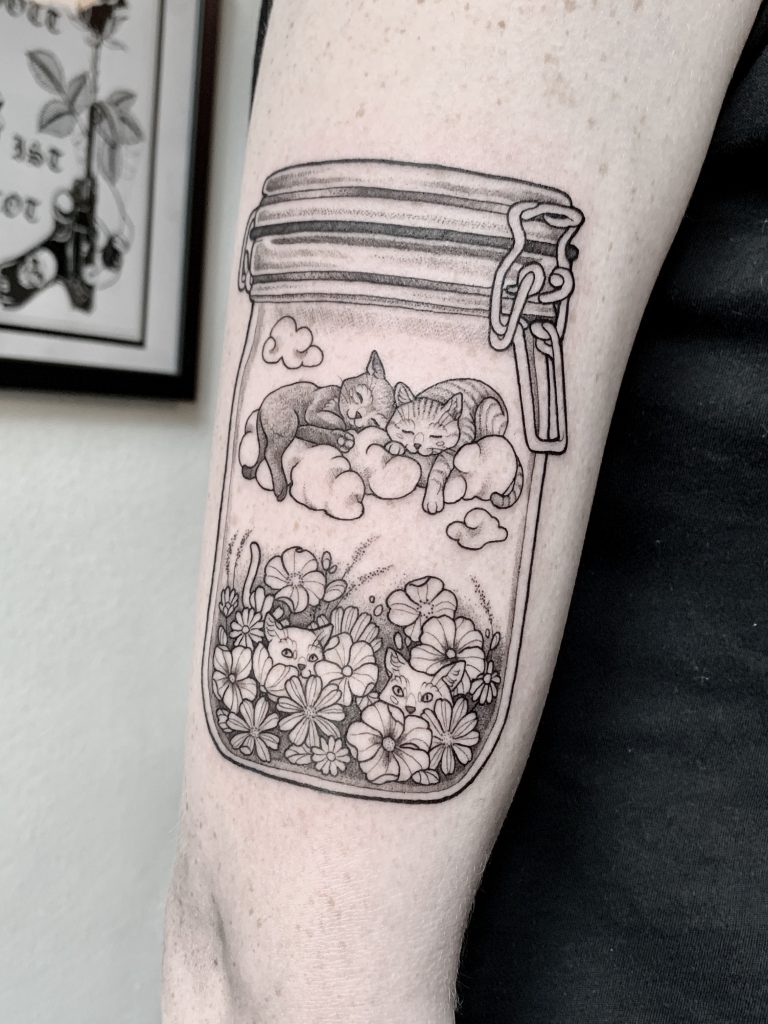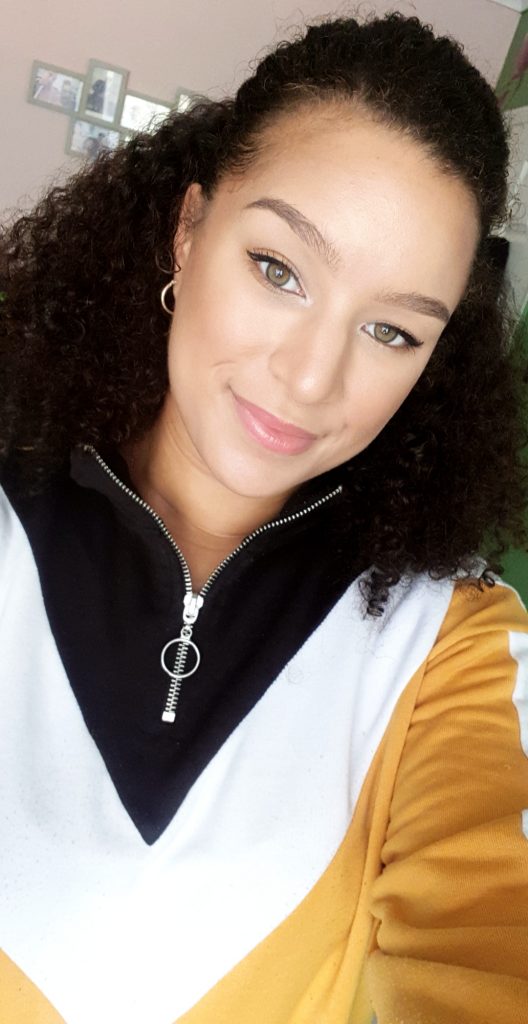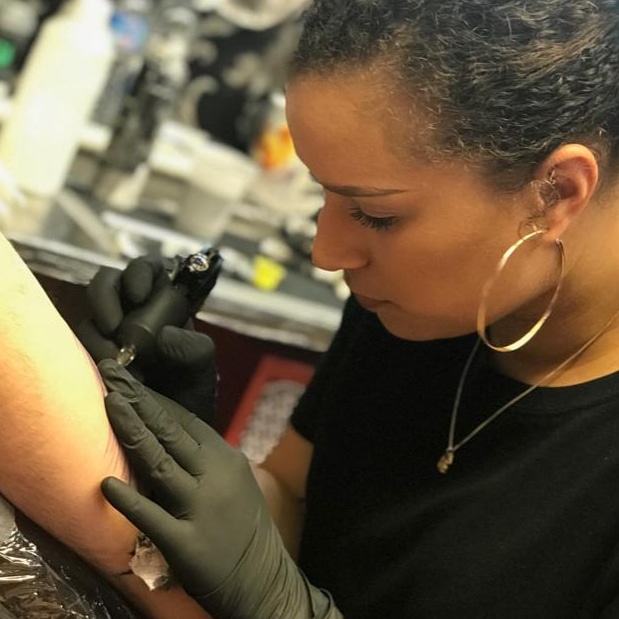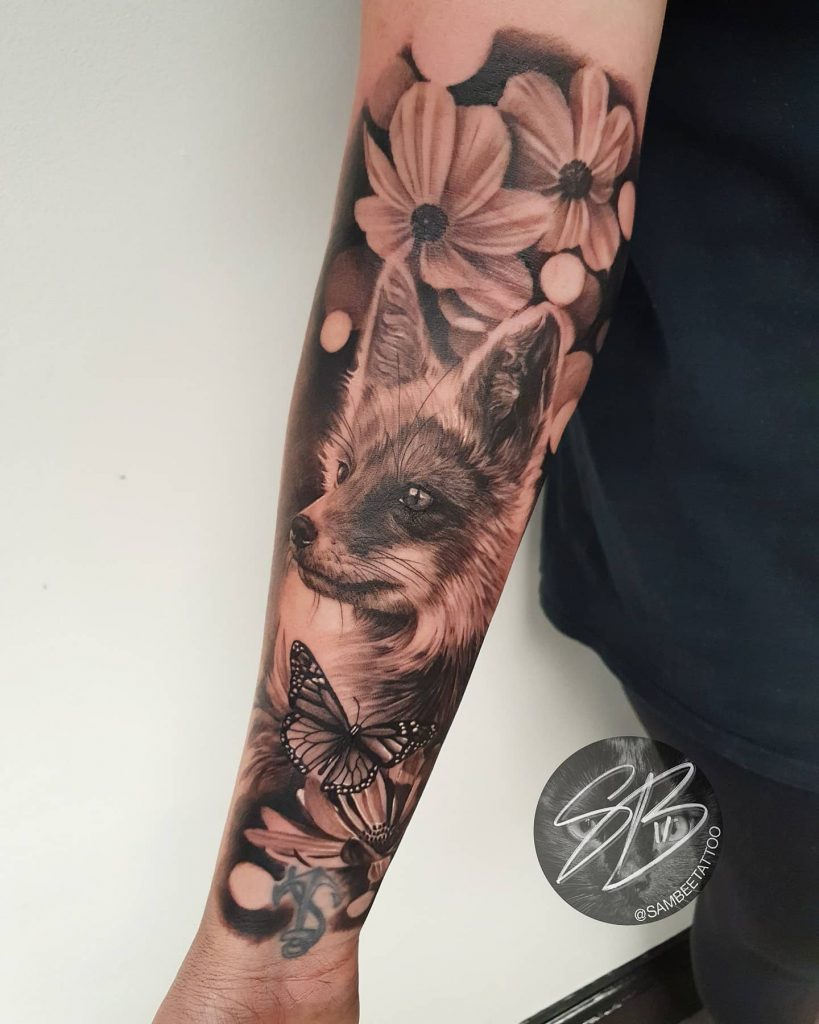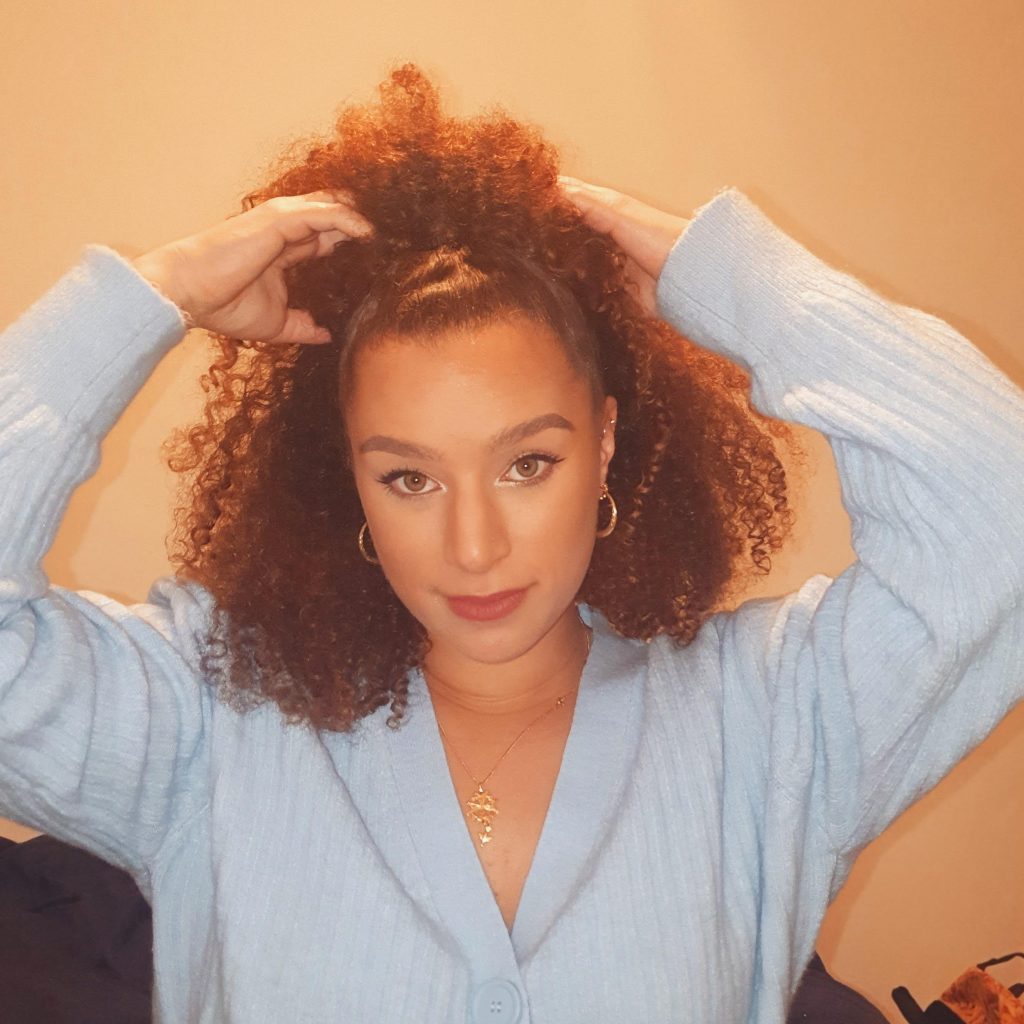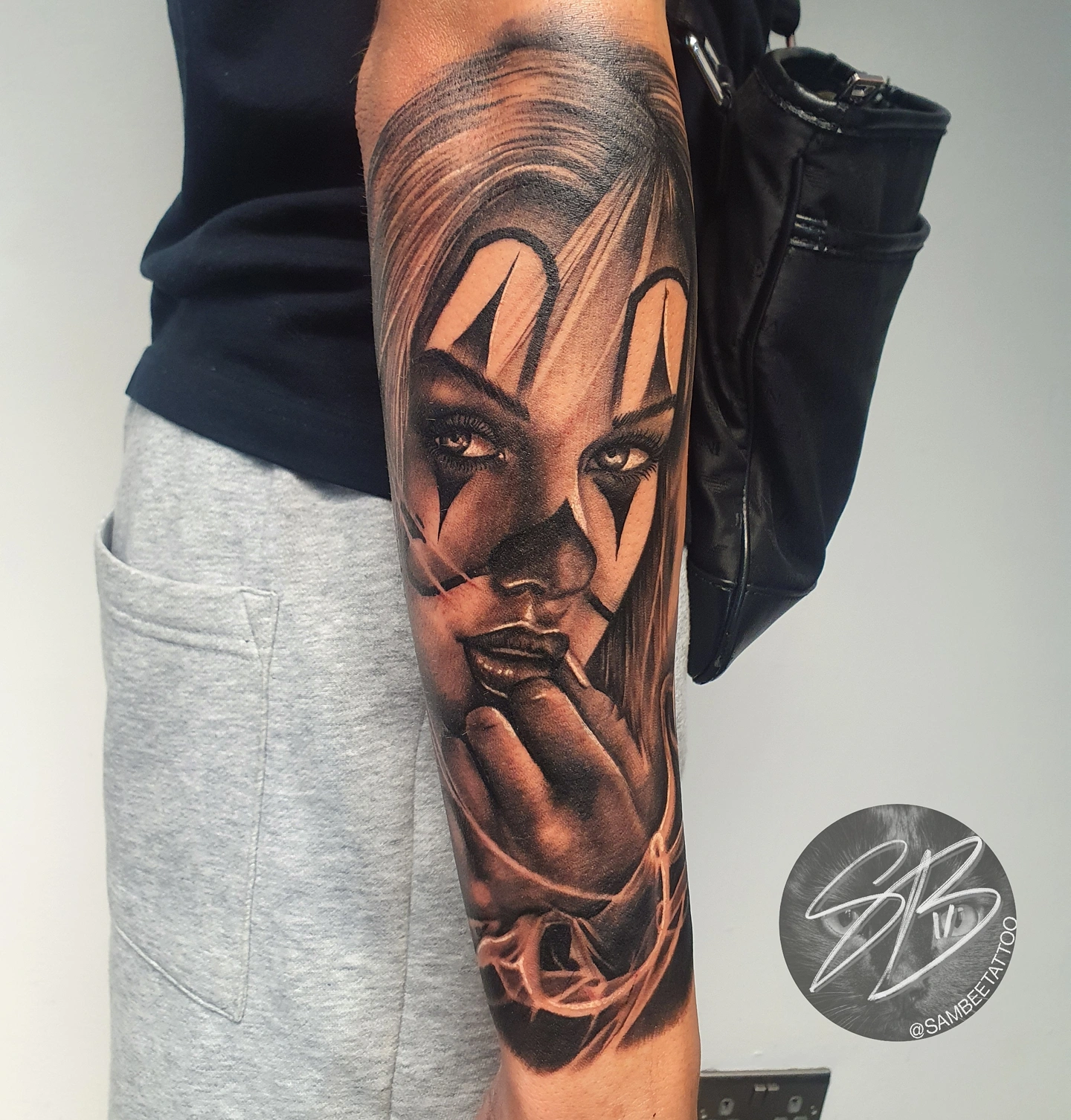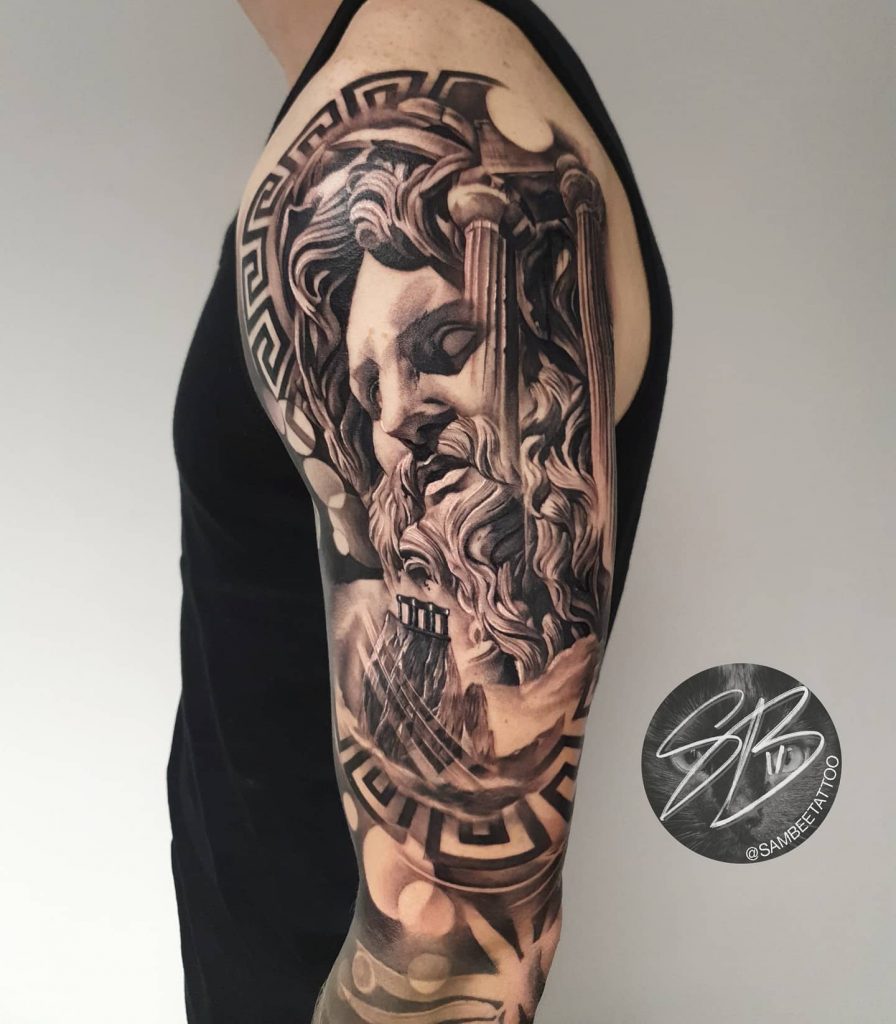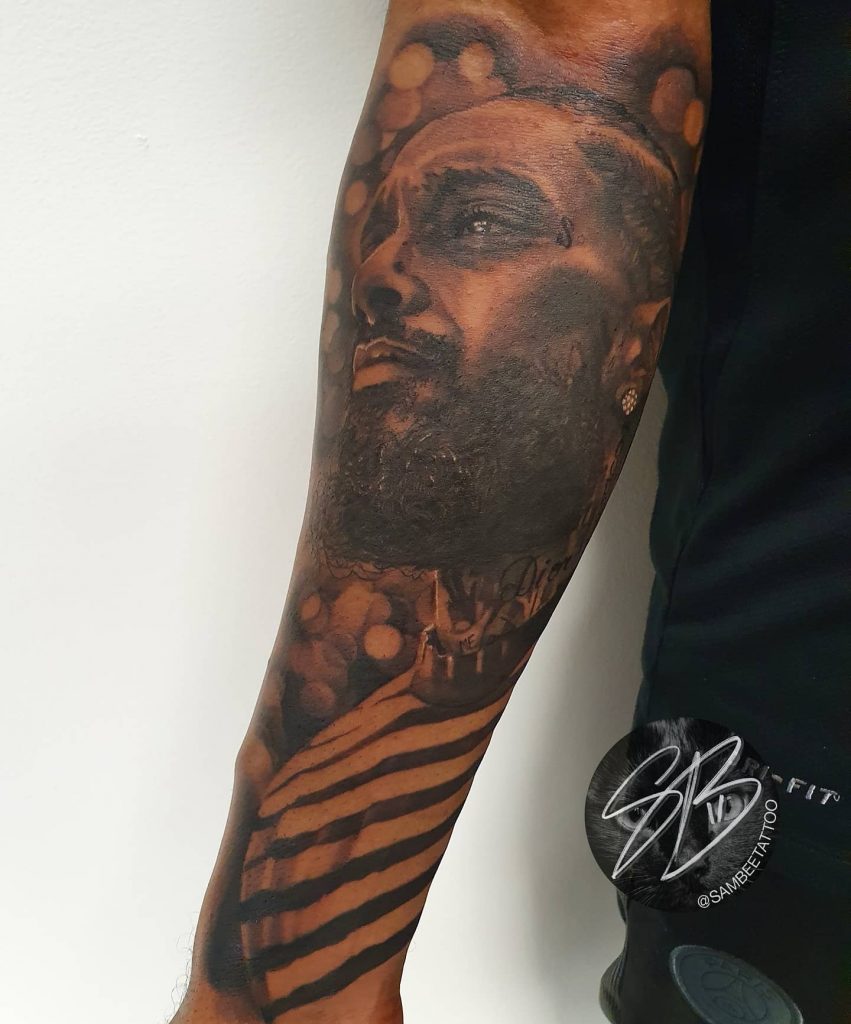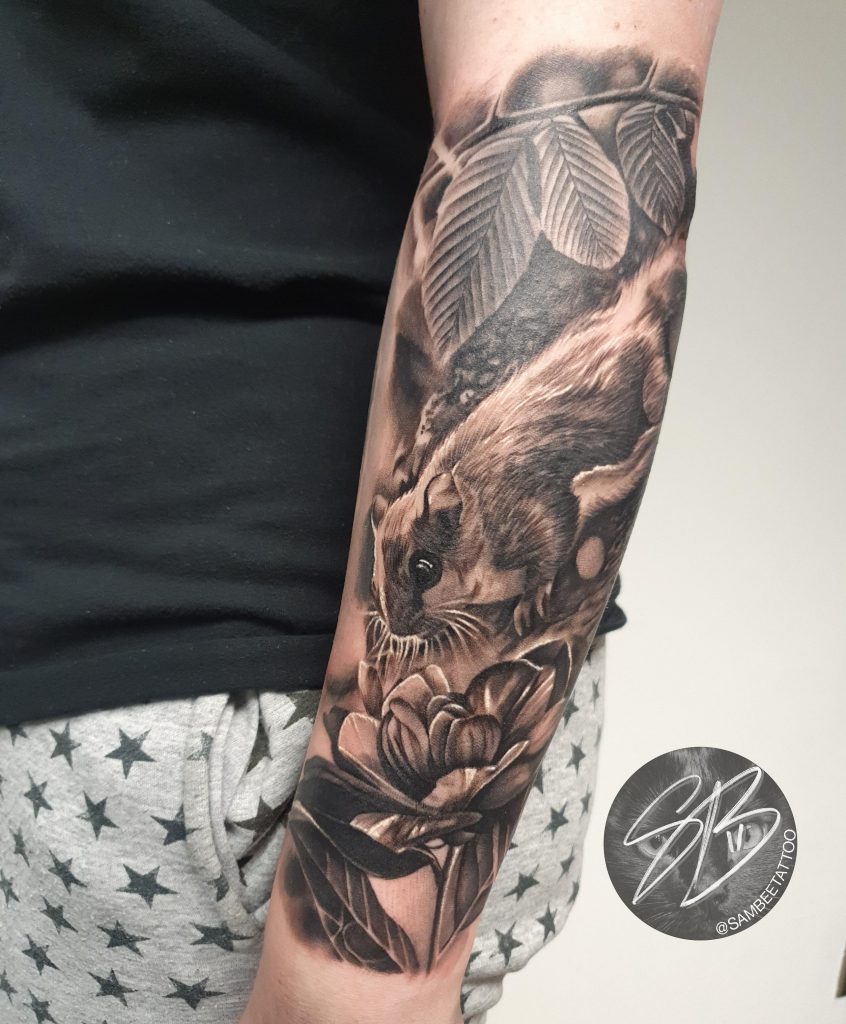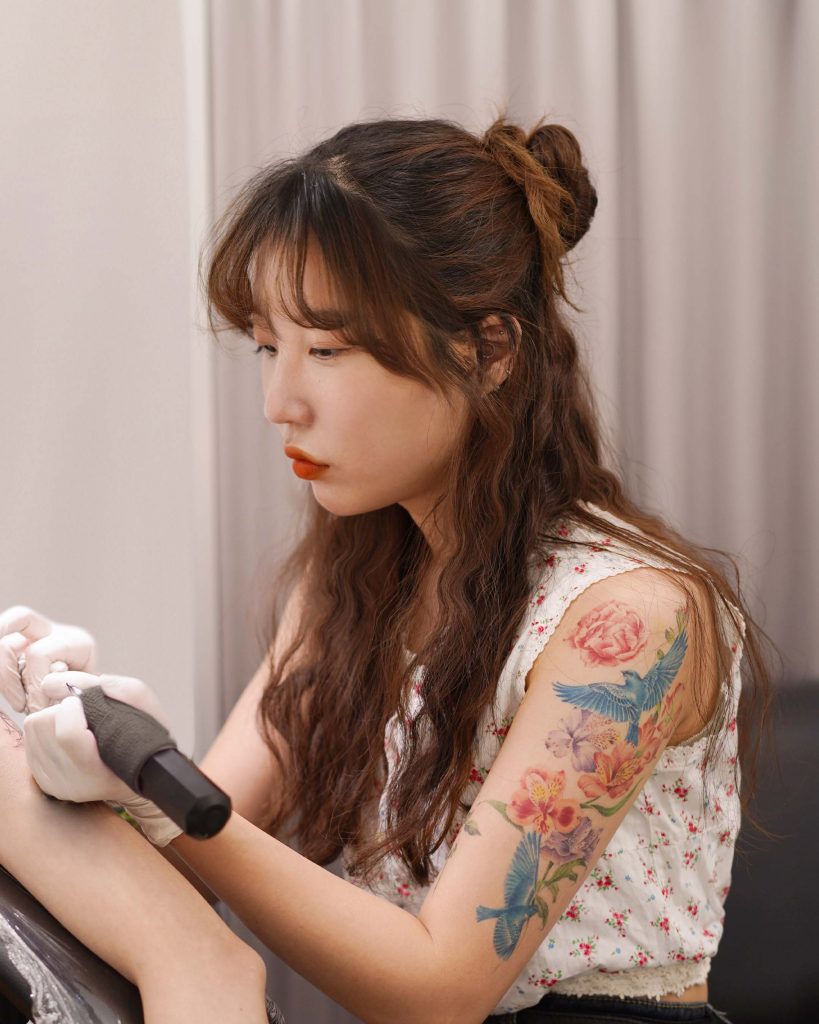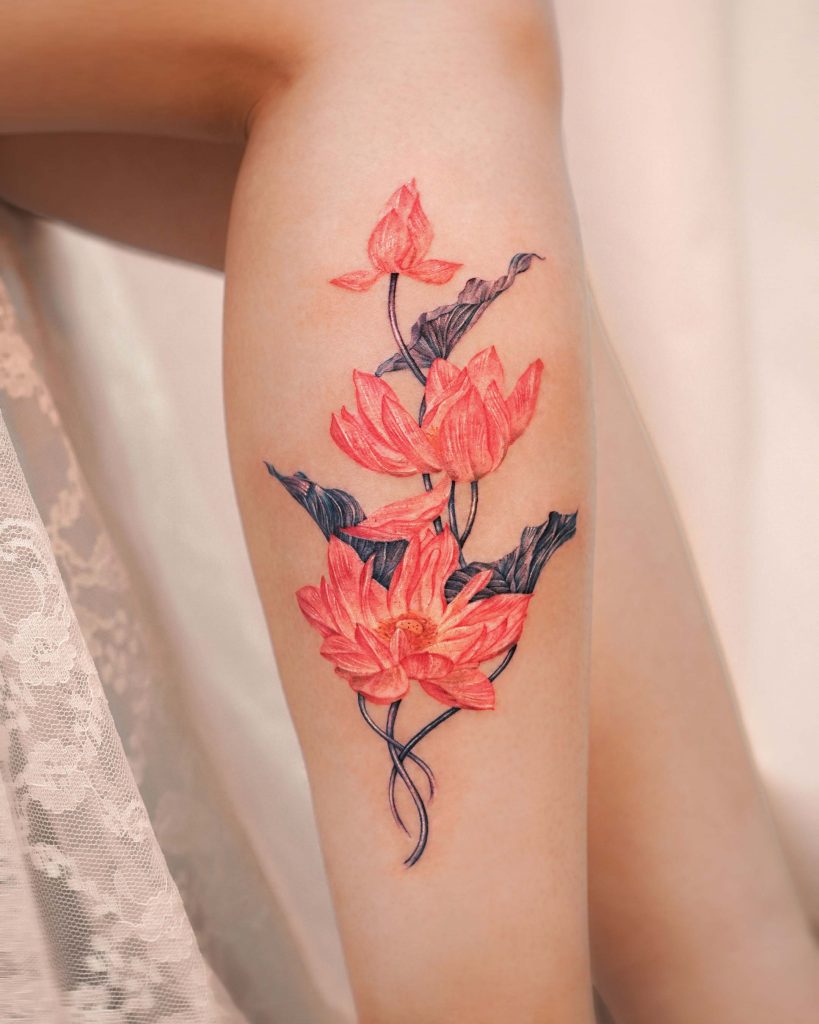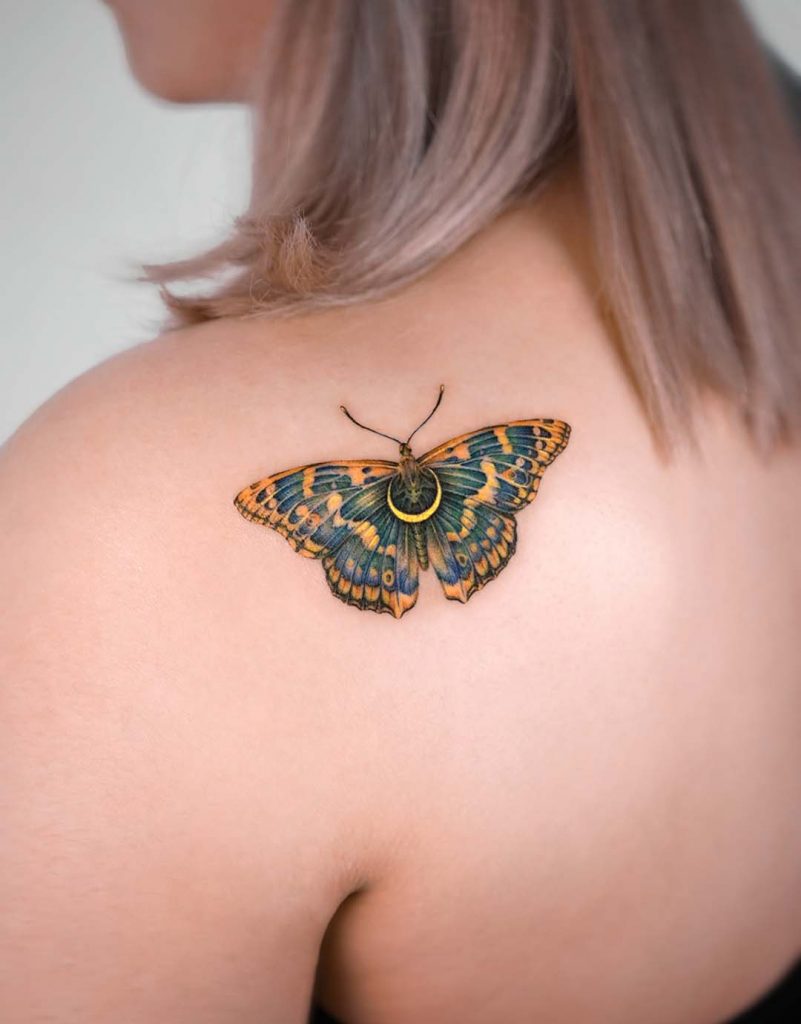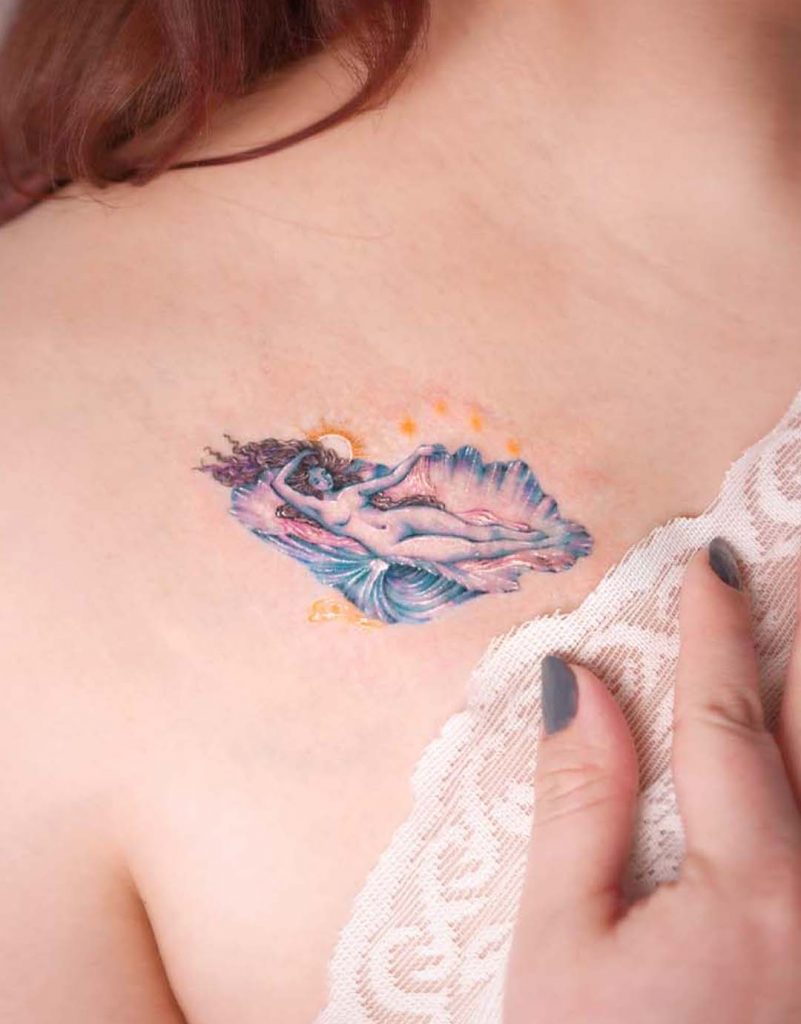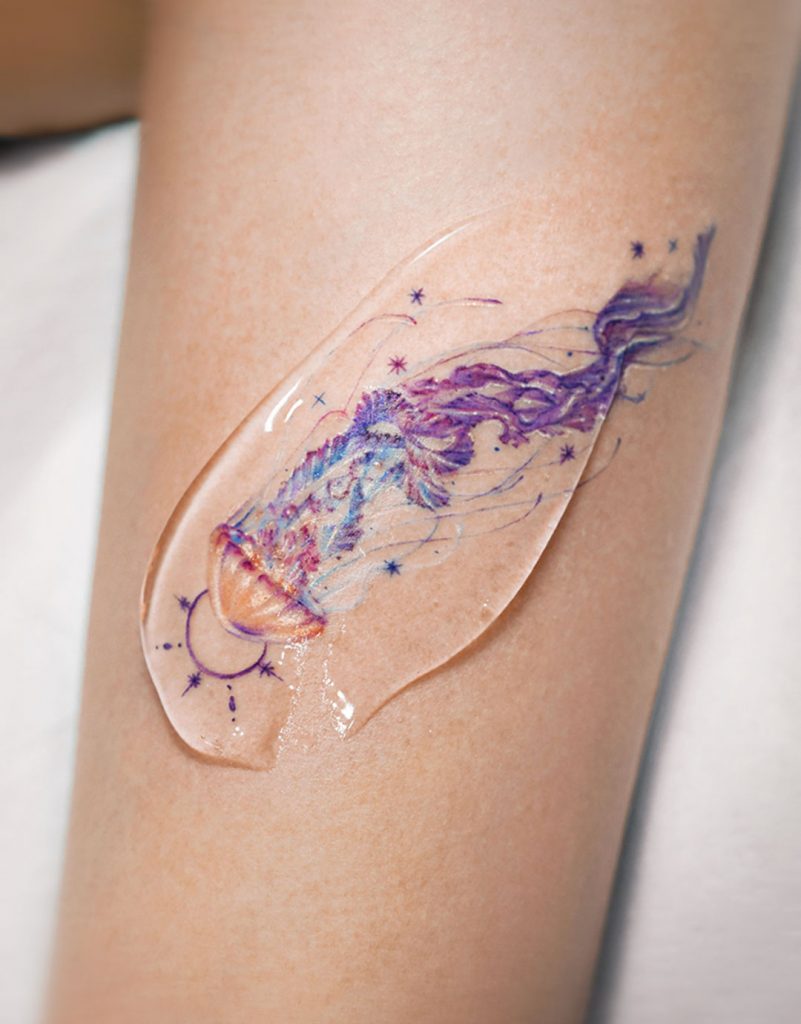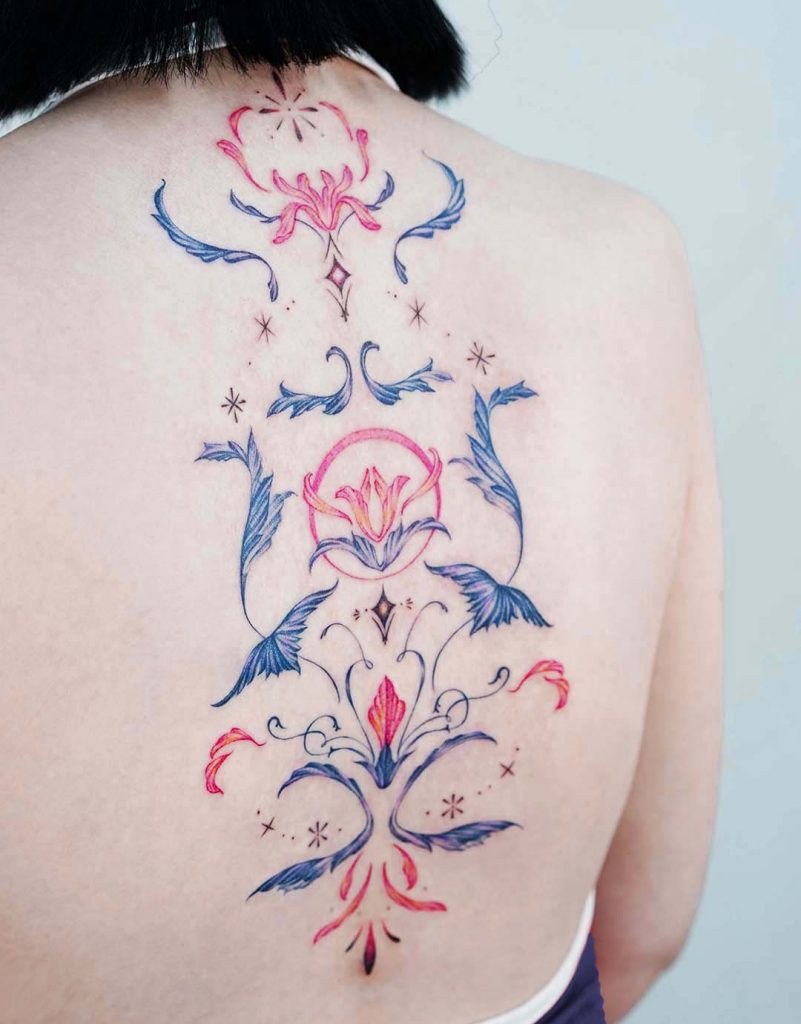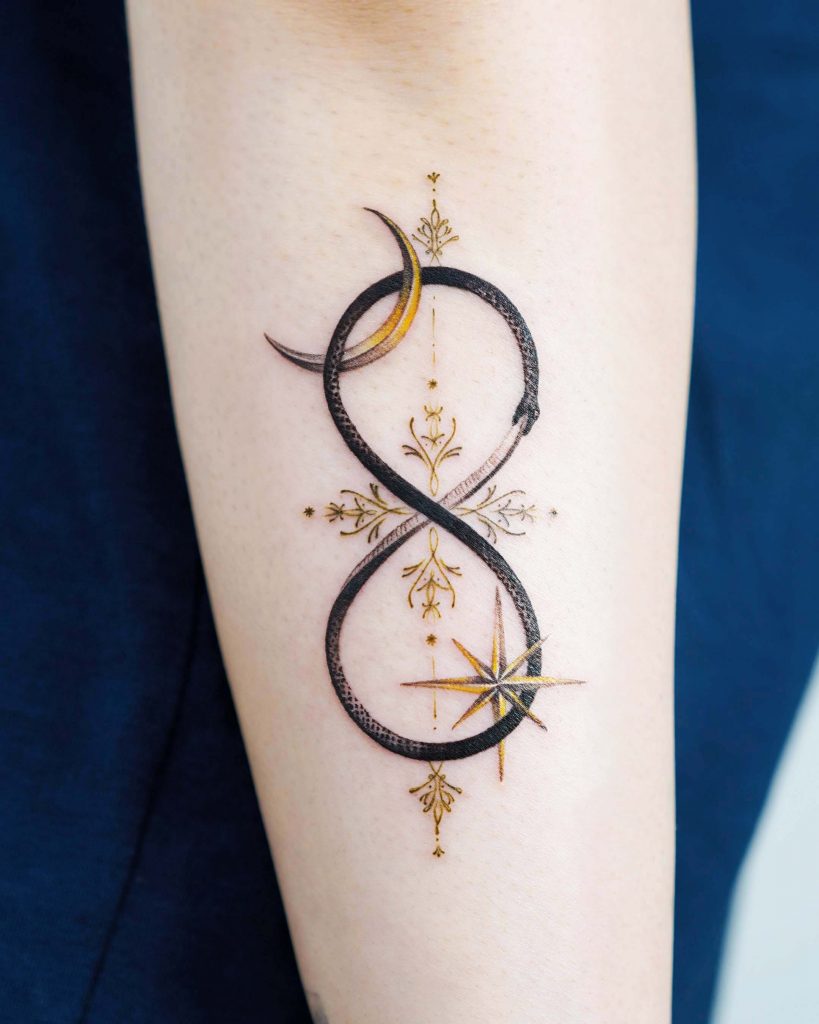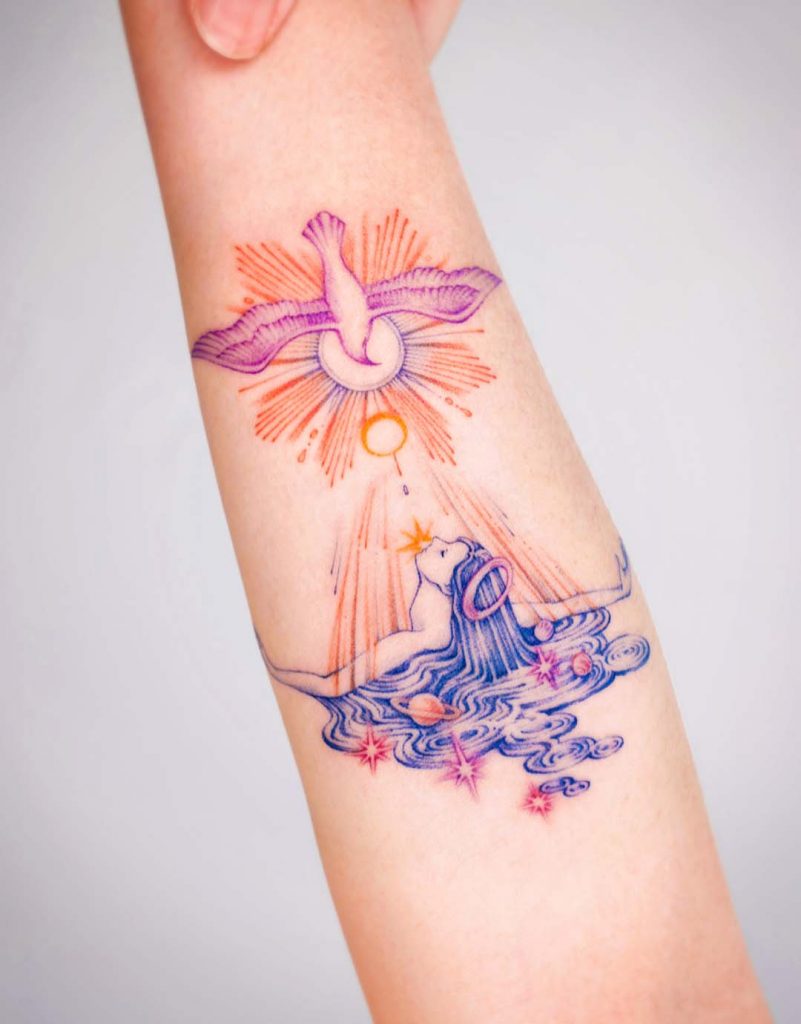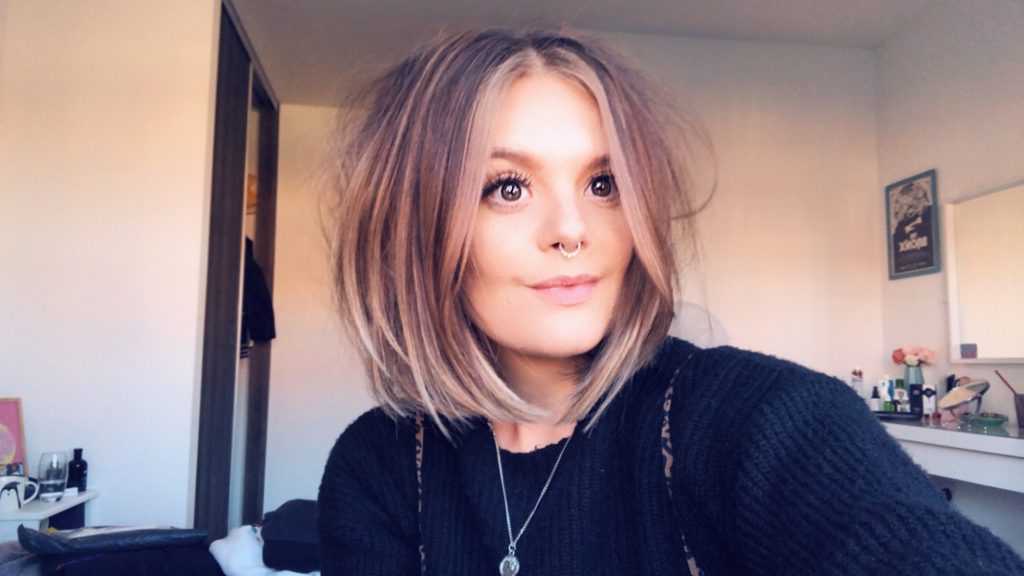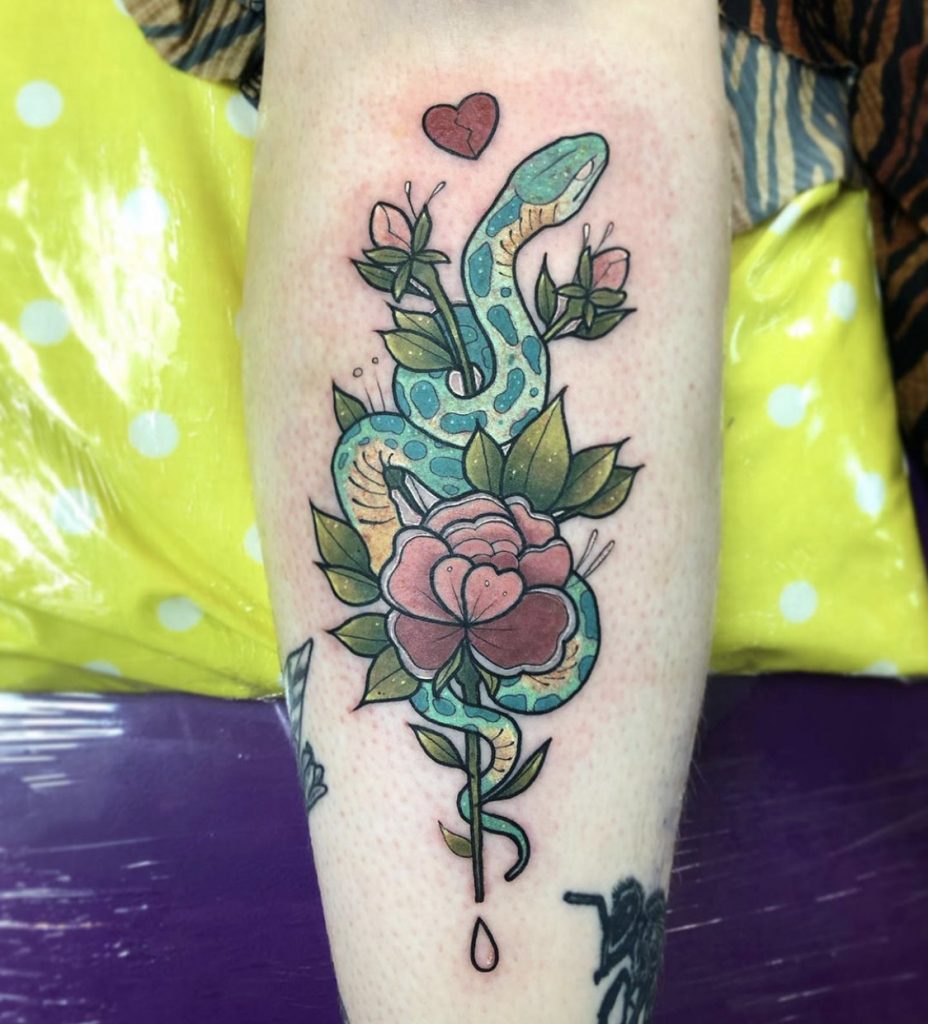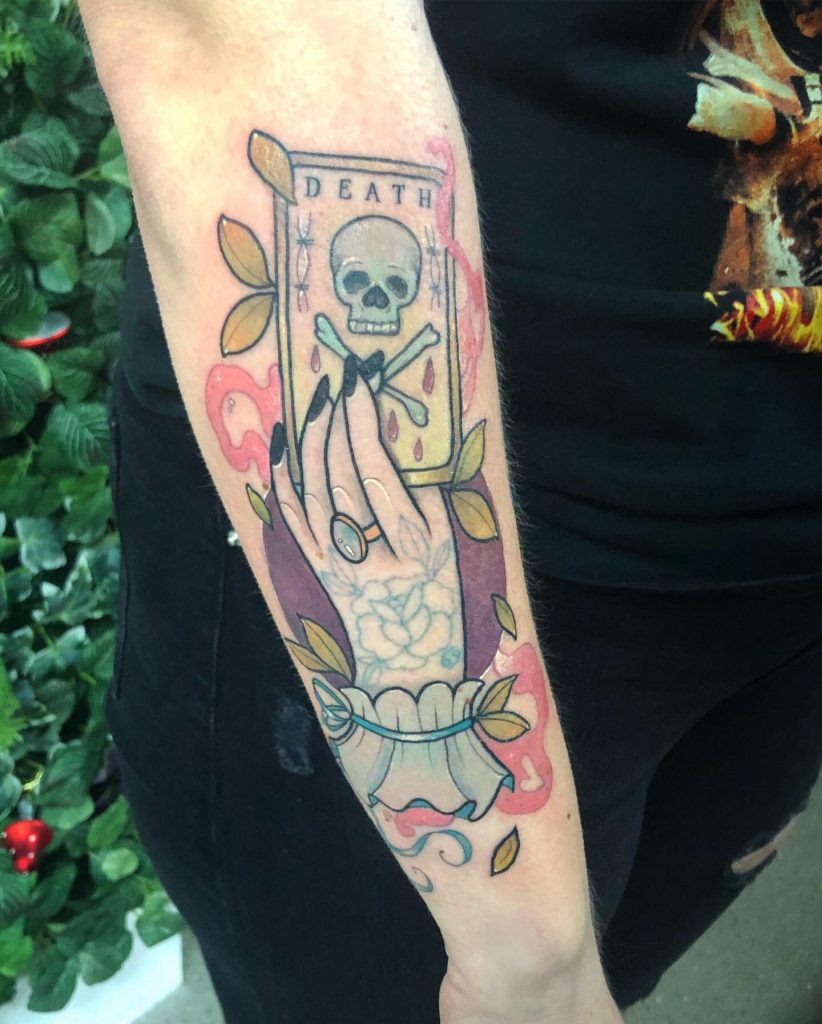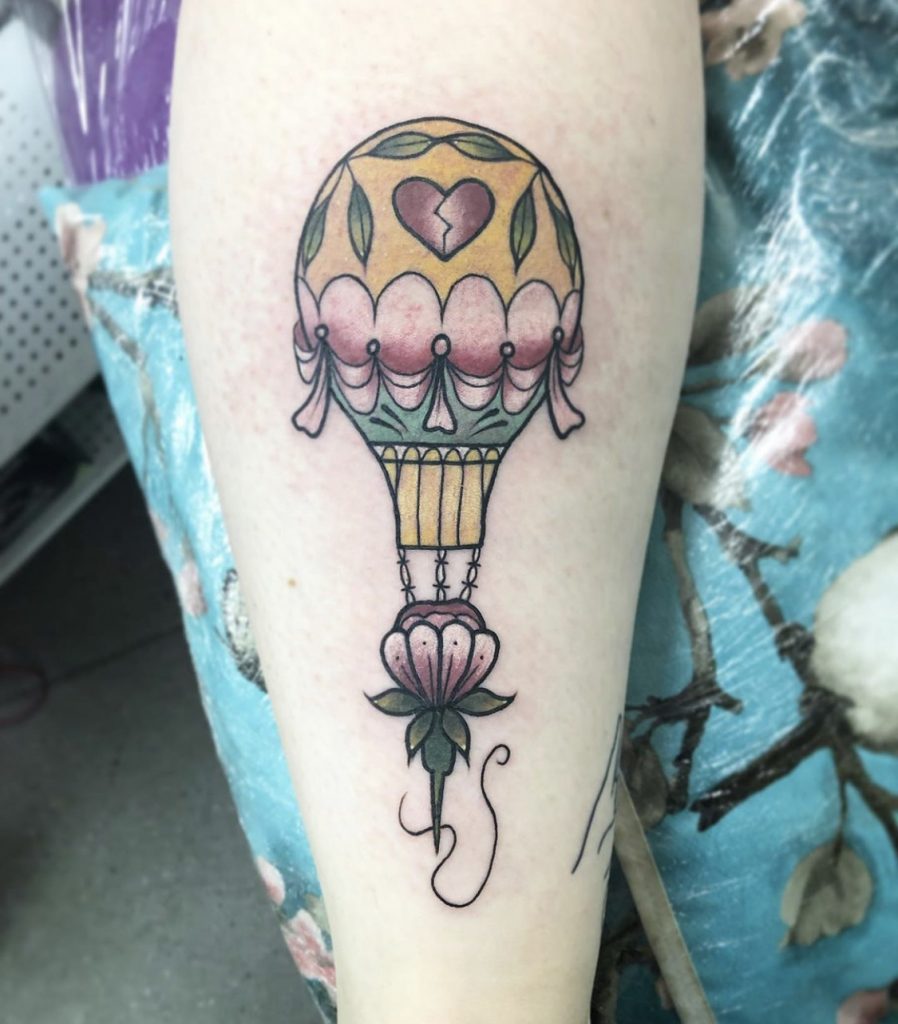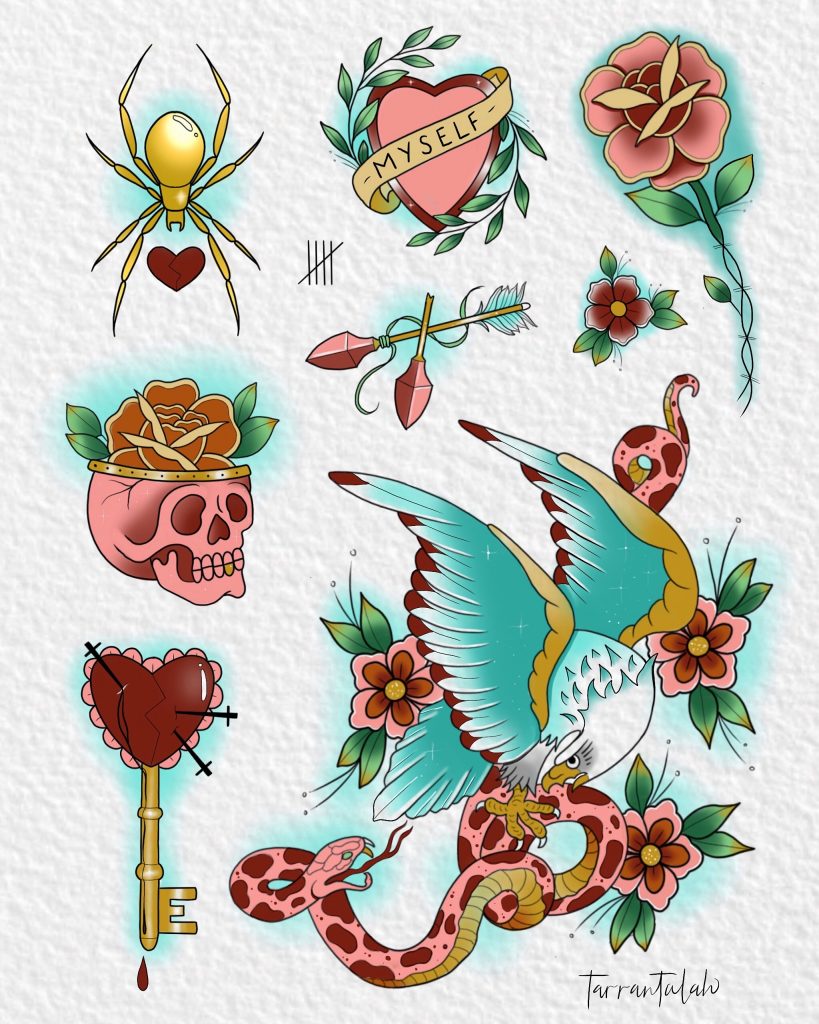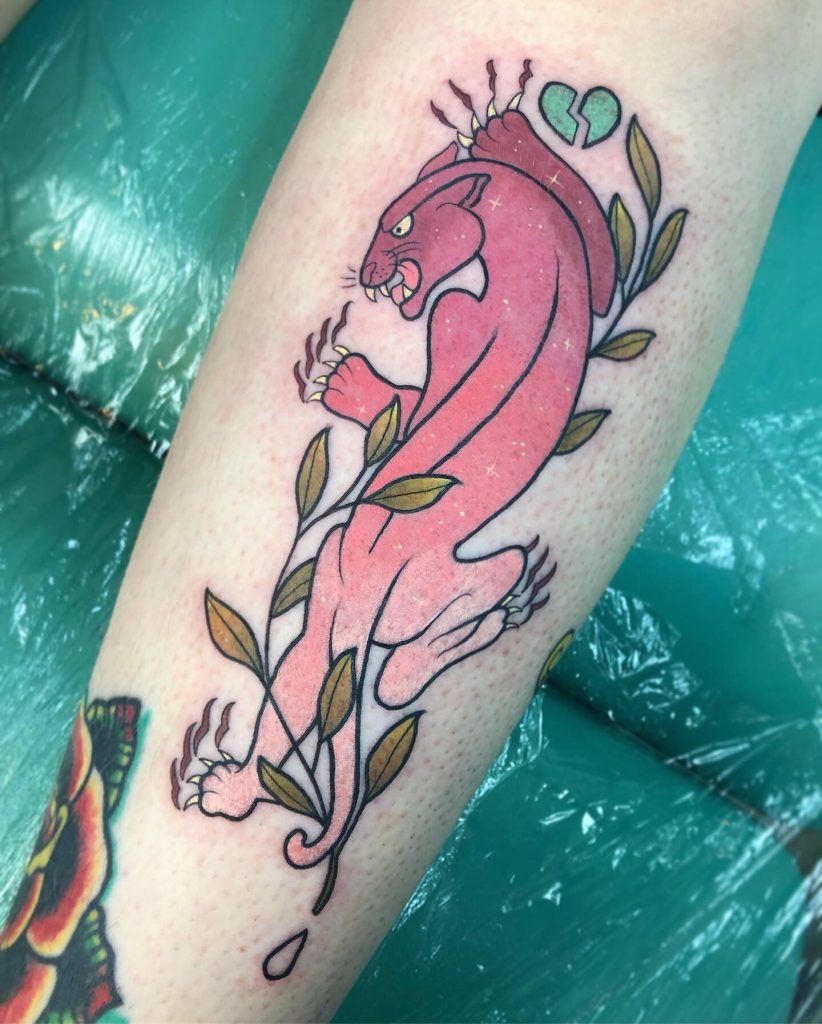Tattooist Yerae creates beautiful floral tattoos at Dasibom studio in South Korea. We chatted to the tattoo artist about her love for colour and creating coverup tattoos for her clients…
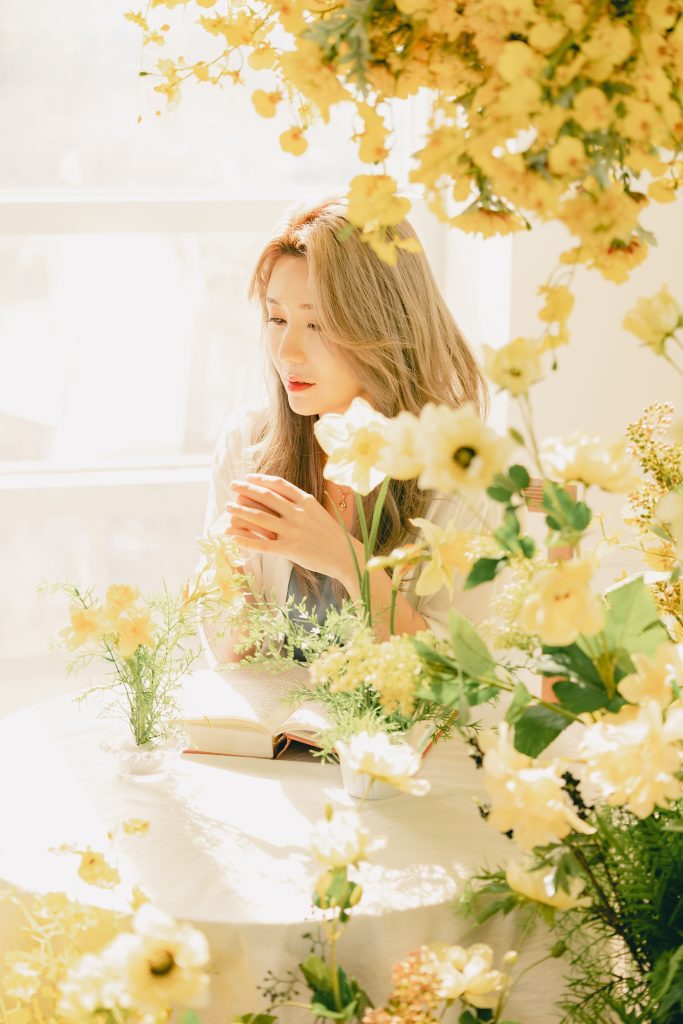
How long have you been tattooing and how did you get started in the industry? I’ve been tattooing for over three years and I have always been interested in drawing. However, I didn’t attend art school as my family encouraged me to focus on academics instead.
My interest in art and painting has never ceased and I often wondered how I could continue my artistic career. Then one day, I accompanied my friend to Seoul to get her first tattoo. As soon as I saw the tattoo artist at work, I fell in love with the job. I found drawing on people’s bodies to be absolutely stunning. Since then, I have taken tattoo classes and pursued the profession. My paintings have gradually evolved into my own tattoo style.
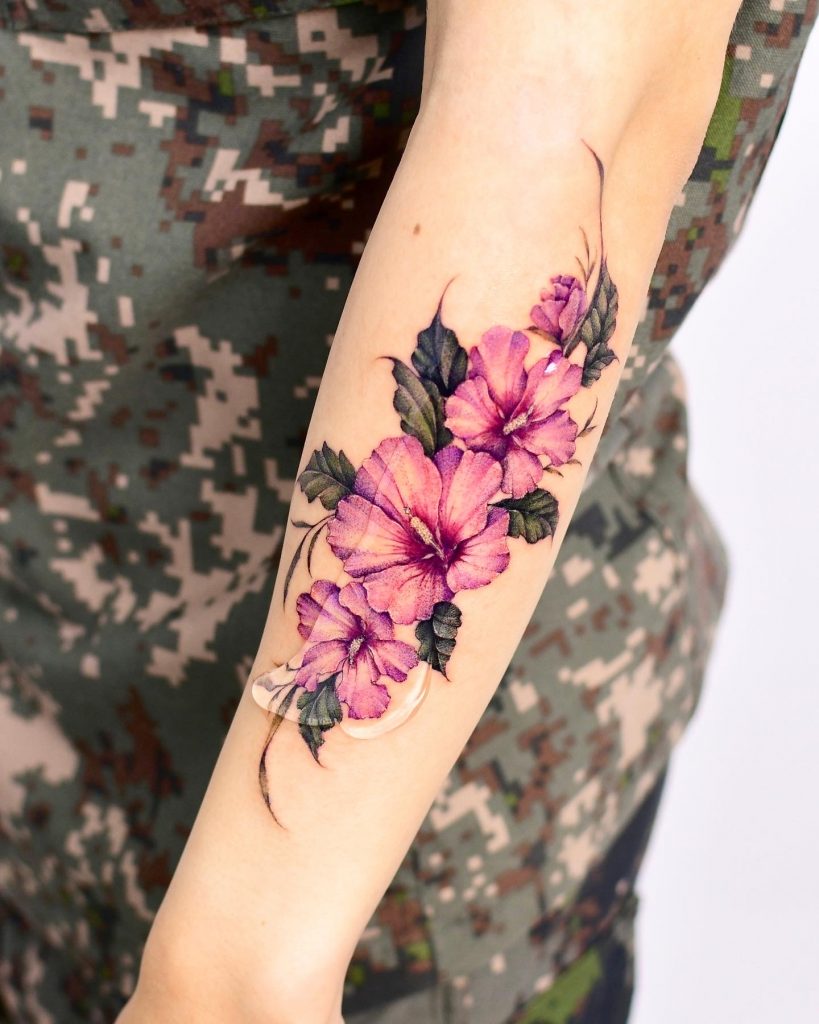
What inspired you to become an artist? Do you have a background in art? As mentioned previously, I have been interested in art since I was a child. I became a tattoo artist as a result of my enthusiasm for art, particularly drawing on people’s bodies.
As a hobby, I have always painted, yet I’ve never received any art education. In school I studied International Relations and Political Science, which are completely unrelated to art. The topic itself was interesting, but I could not envision myself working in the industry, because I had always wanted a job that would allow me to utilise my creativity.
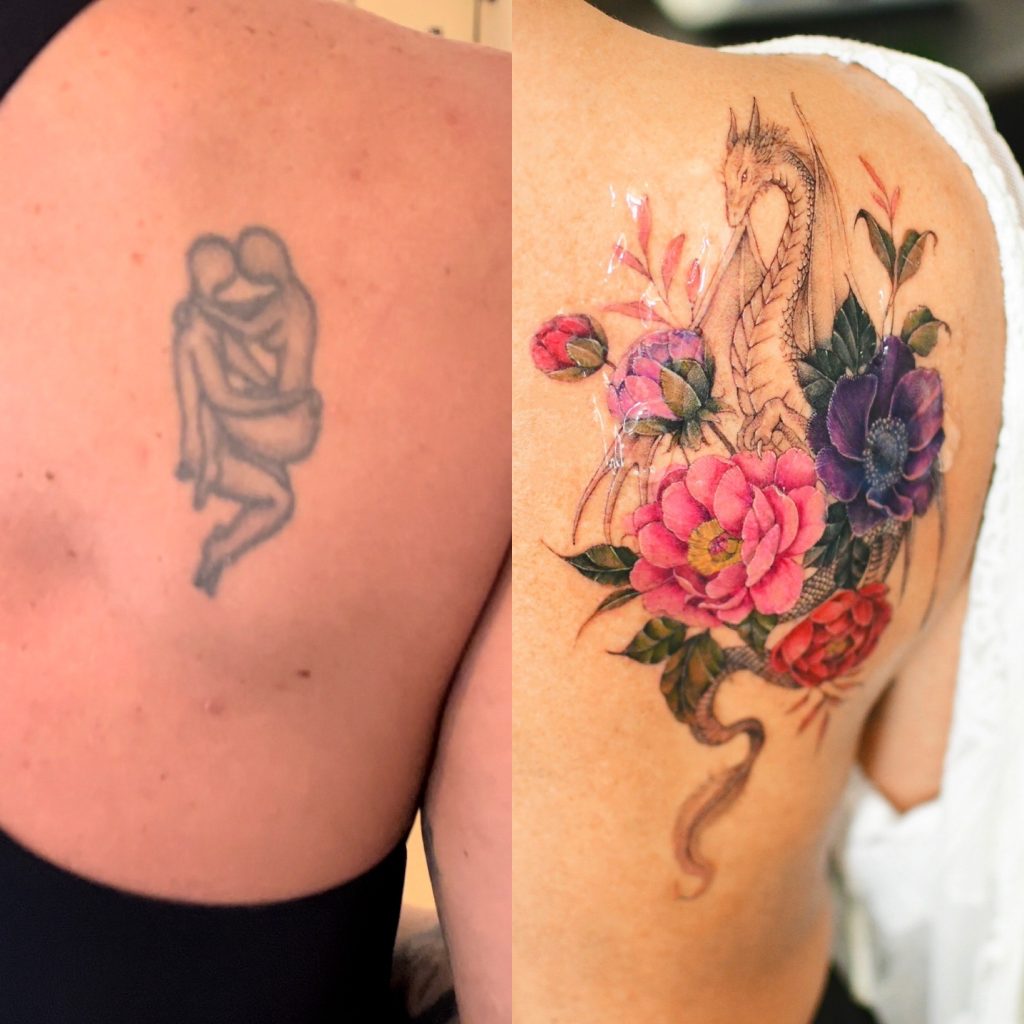
How would you describe your style? What drew you to colour tattoos? My tattoo style is both feminine and eye-catching because I use lots of brilliant and strong colours – I create numerous floral tattoos. Initially, the majority of my work was in black ink, but after realising that the uniqueness and character of flowers are derived from their colour, I decided to concentrate more on colour tattoos.
Despite the range of colours and species, I believe that every flower has a distinguishing hue that identifies it. When you think of sunflower or daffodil, the colour yellow comes to mind, but when you think of violet, the colour purple comes to mind.
I believe the usage of multiple colours adds vibrancy to tattoos because we inhabit a world of colour. In addition, I execute numerous coverups, which, in my opinion, far more dramatic results are produced with colours.
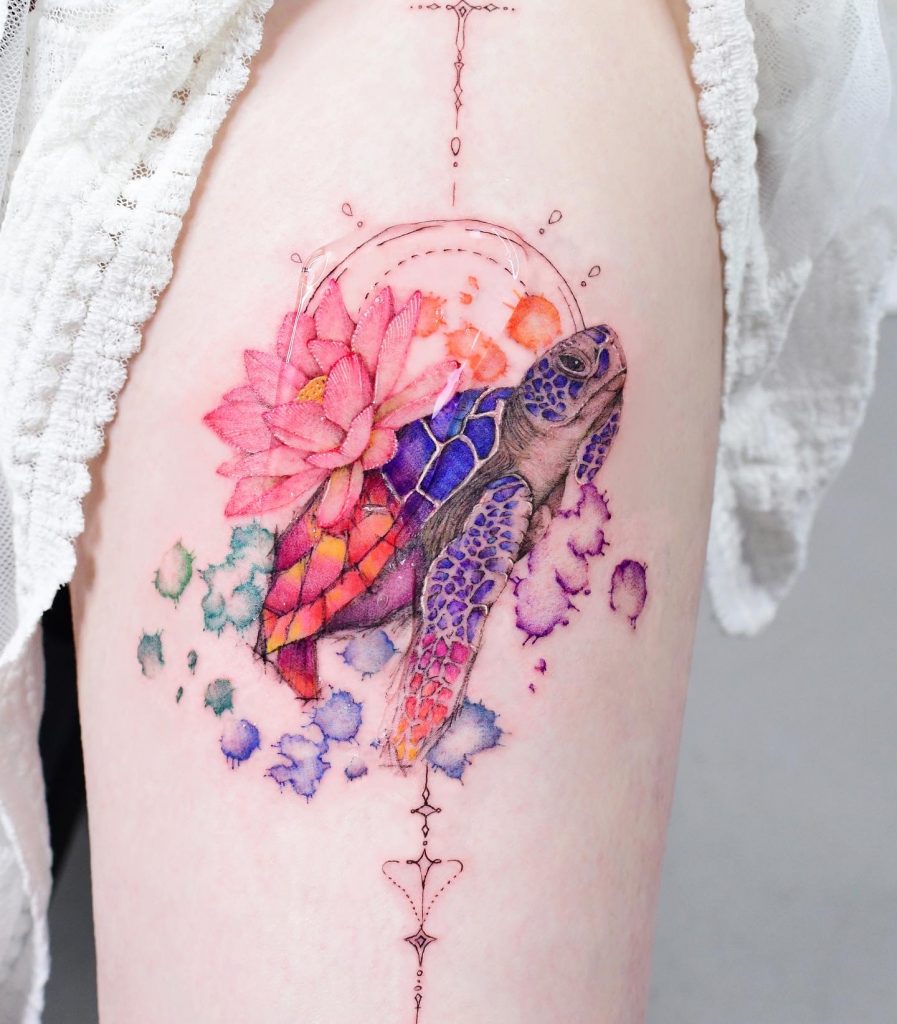
What inspires your designs? Does your heritage influence your art? Since the majority of my work focuses on floral and botanical elements, I get inspiration mostly from flowers, plants, and nature, but also from my clientele.
Regarding coverups, for instance, I have had numerous clients who were desperate to cover their existing tattoos. Before confirming an appointment, I discuss with my clients how they wish to cover it up so that they do not regret their decision. Once covered, it is difficult to remove or apply additional coverups, therefore I strive for perfection. For coverup work, my designs are inspired by the client’s preferences, their present tattoo’s shape, placement, and flow, as well as their body’s positioning and placement.
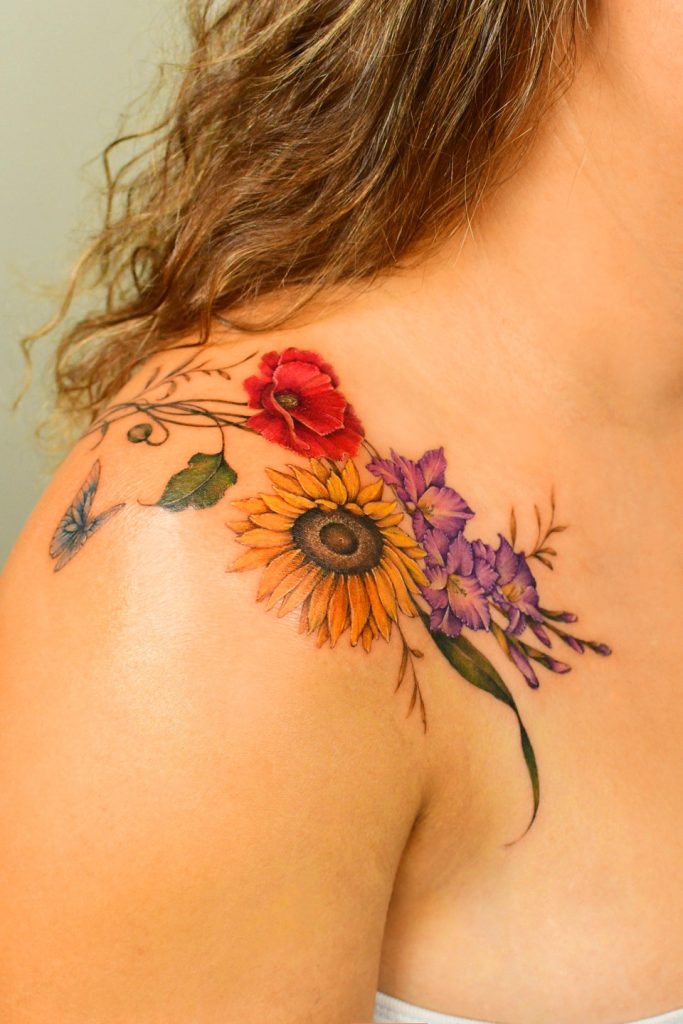
I remember that my grandfather was so pleased to see me sitting down with my sketchbooks and drawing as a child. He bought me crayons, coloured pencils, watercolors, and additional art supplies. When I first saw his drawings, I was astounded since they were primarily portraits and I never anticipated my grandfather to be so talented in art, as he was an accountant and I never saw him draw. Later on, he explained to me that after surviving the Korean war, he was unable to follow his dream of being an artist. When he saw me drawing, he was delighted and believed I had inherited his artistic talent. He complimented me, offered me advice, and gave me his old sketching books. I believe that his encouragement of my artistic endeavors influenced me to become an artist.
What do you like to tattoo and what would you like to do more of? Recently, I had the chance to create a back coverup with flowers and a dragon. It was difficult, but I enjoyed tattooing the dragon so much that I’d like to do more fantastical animals surrounded by natural elements.
In addition, a few months ago I worked on a floral leg piece that extends from the ankle to the thigh. It required four complete sessions, each lasting 8-9 hours. I enjoyed the way the flowers, stems and leaves flowed along the leg line despite the lengthy duration of the project. I would love to create more full-leg and full-sleeve designs.
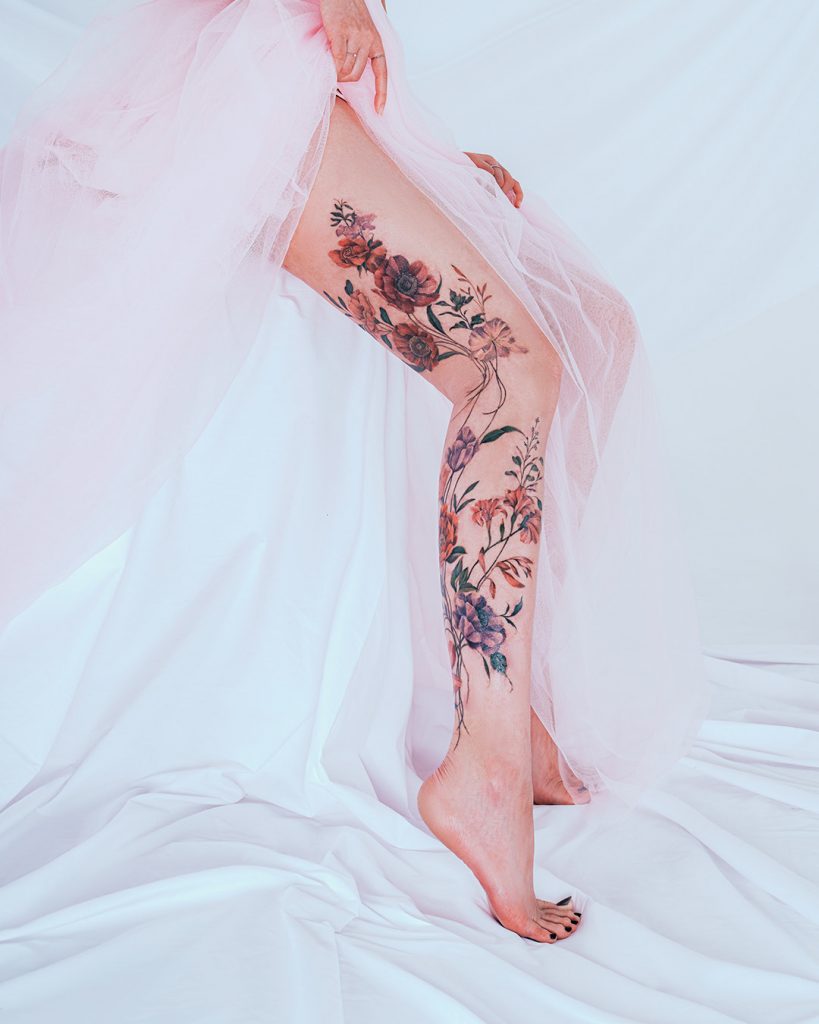
How do you see your tattoos evolving in the future? Since I already have a high level of expertise in floral tattoos and a large number of clients come to me just for floral tattoos, I believe that I will continue to concentrate my work on flowers and other elements from nature. I would also like to focus more on coverup and larger pieces in the future. I am also considering using more toned-down colours to add variety to my design, as I have predominantly used brilliant tones.
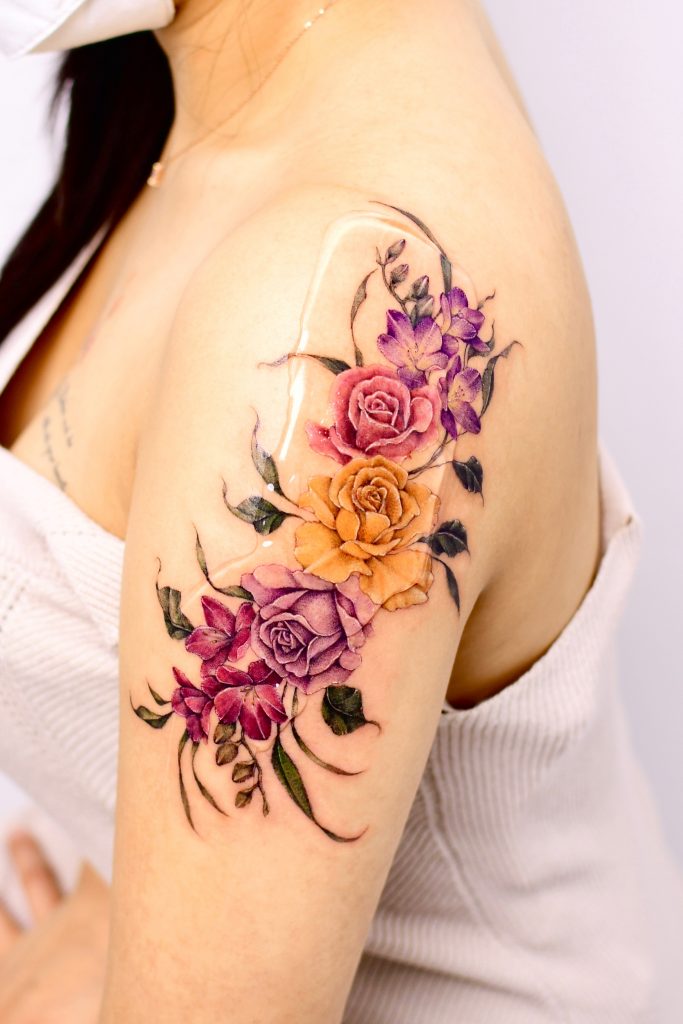
Where’s been your favorite place to travel and tattoo? Last summer, I visited London, Hamburg, and Leeds, and each of these cities was fantastic.
I visited London for the first time abs I made some tattoos there. Not only was it enjoyable to do tattoos, but also to explore the city.
In Germany, I attended graduate school. Visiting Hamburg brought up many pleasant memories from the past. It was a wonderful opportunity to return to the country, and in Hamburg, the tattoo studio, the people, and even the weather were perfect.
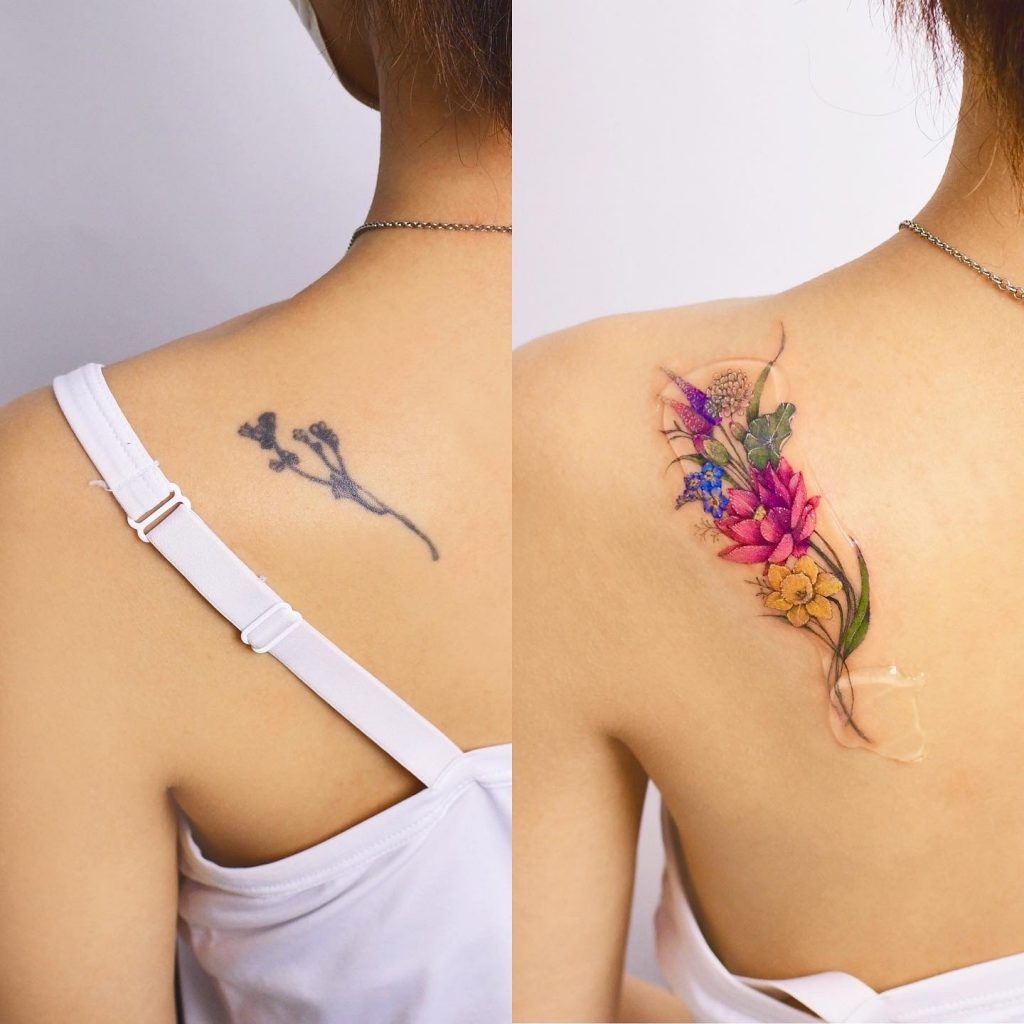
I attended the Leeds Tattoo Convention when in Leeds. I finished three outstanding tattoos at the convention, and my clients loved them. This exhibition also raised awareness of Korean tattoos among a wider audience. Everyone who passed by at the convention was drawn to my unique tattoo style, and they conveyed their admiration and affection for Korean tattoos to me. I am pleased that people are taking a keen interest in my tattoo style and complimenting it positively. Participating in such a big event is very valuable to me because I am able to communicate with so many tattoo artists from multiple countries, share my tattoo experience with them, discuss the challenges and solutions of working in the tattoo industry, and discuss various tattoo techniques.
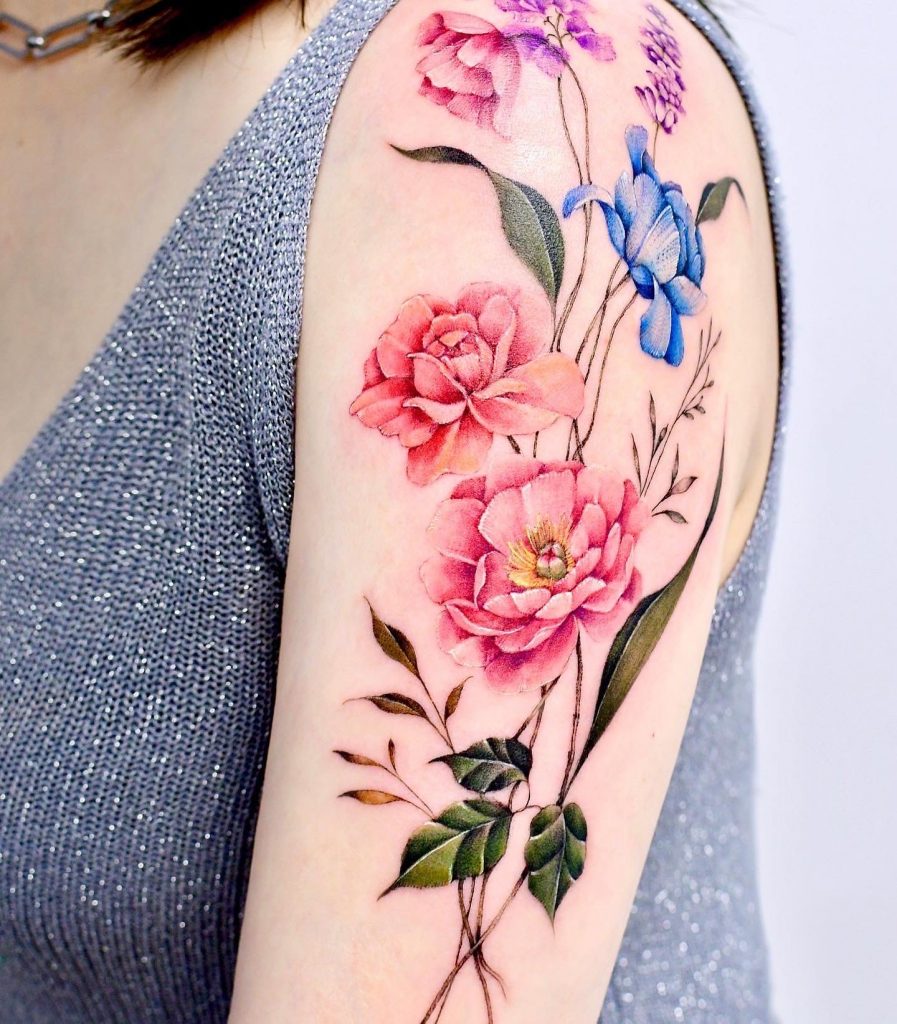
Do you have any travels or guest spots planned? Although I don’t have any concrete plans as of right now, one of my goals for the coming year is to travel to Australia for a guest spot.
What was your first tattoo? Do you still like it? How has your tattoo collection developed since then? My first tattoo was a script of my name in Dzongkha, a Sino-Tibetan language, on my shoulder. However, it had faded with time, so I covered it with flowers. All of my tattoos are floral designs. My intention is to cover my left arm with black flowers and my right arm with coloured flowers.
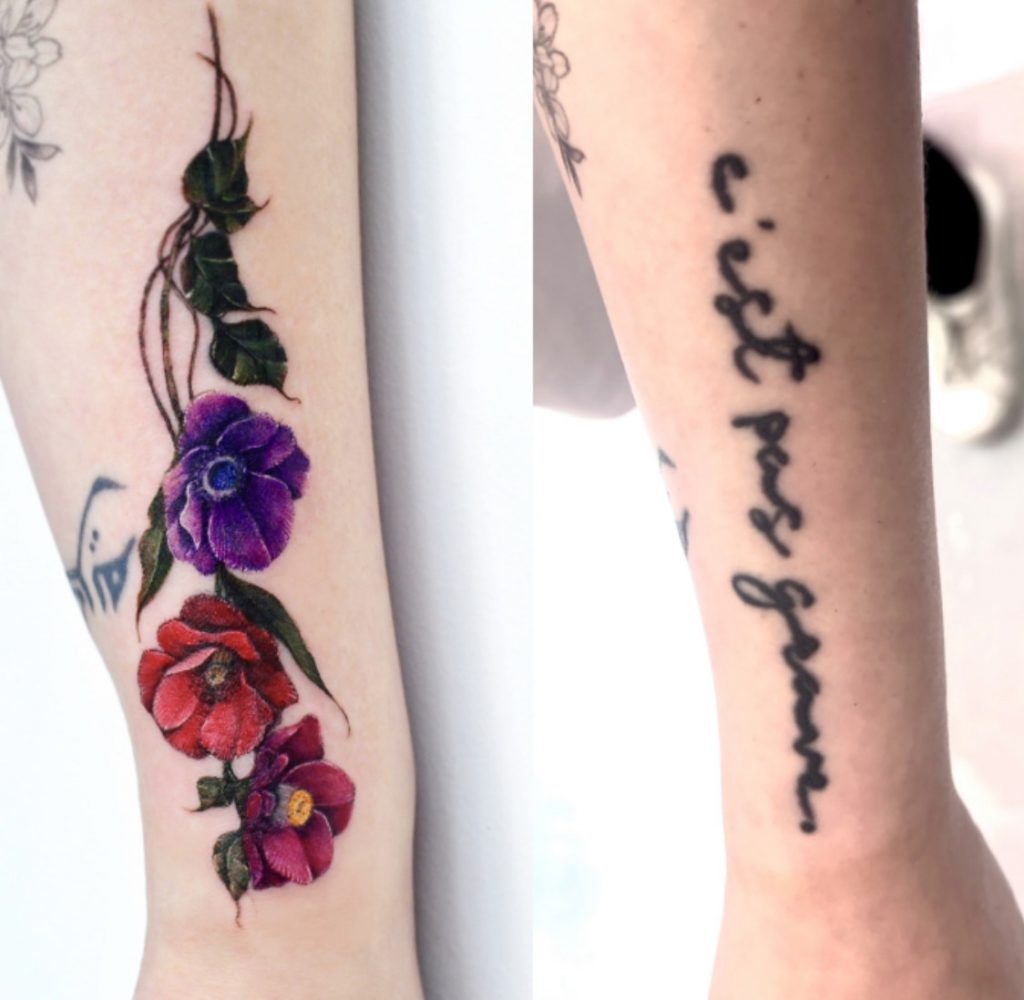
What’s the tattoo scene like where you are? I think that most people are aware that in South Korea, tattooing was not previously a common practice or topic of conversation. Due to fine line designs and work details, the market for Koran tattoos continues to expand, and Korean tattoo artists are increasingly famous for their talents and designs.
However, the tattoo industry in Korea still has a long way to go in terms of developing a safer and more comfortable environment for both tattoo artists and clients. I am optimistic about the future. I hope that one day a growing number of individuals will value and be proud of their tattoos. I am also working to promote Korean tattoos internationally by traveling to different countries and presenting my work.
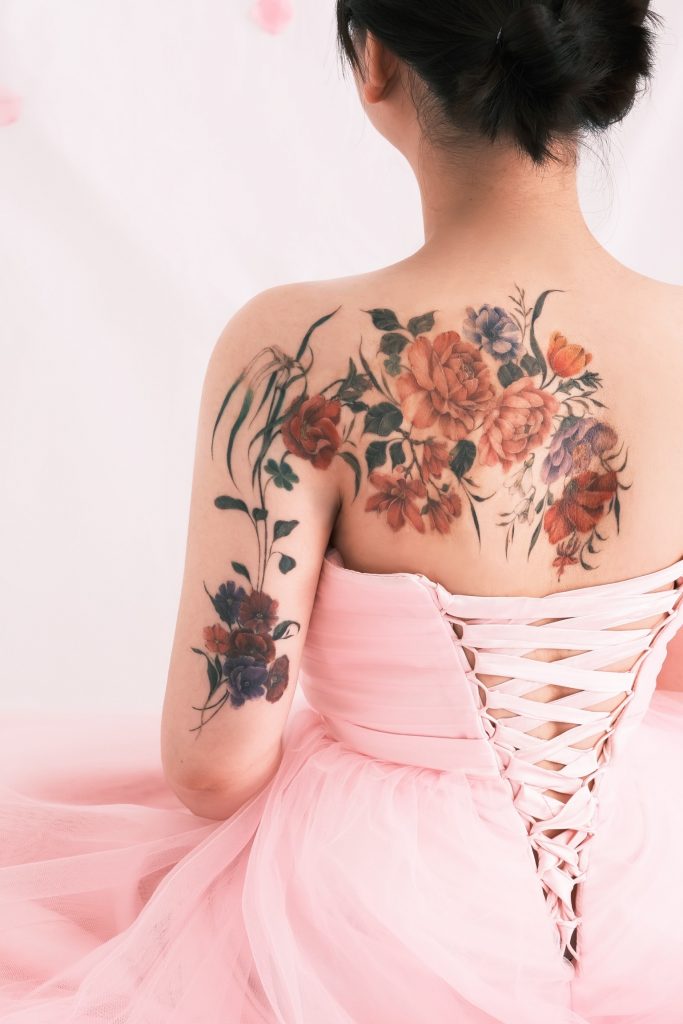
What moment in your career are you most proud of? I enjoy and appreciate all of my works, but I am particularly proud of my scar coverups. Many of my clients were traumatised by the scar or recall the time they were injured. One of my clients had multiple red marks on her legs and praised my job by stating that she had never worn a short skirt since she was a child because she wanted to conceal them. She said that even her parents were pleased to have the scars covered, and so I felt proud and pleased to be a tattoo artist.
Follow Yerae for more beautiful floral tattoos and impressive coverups.
